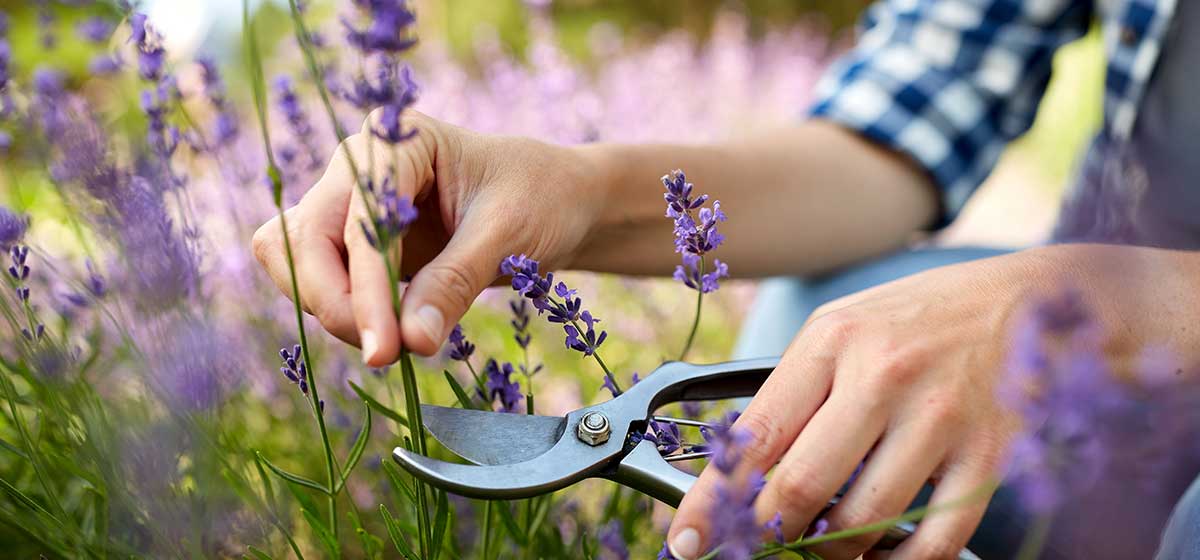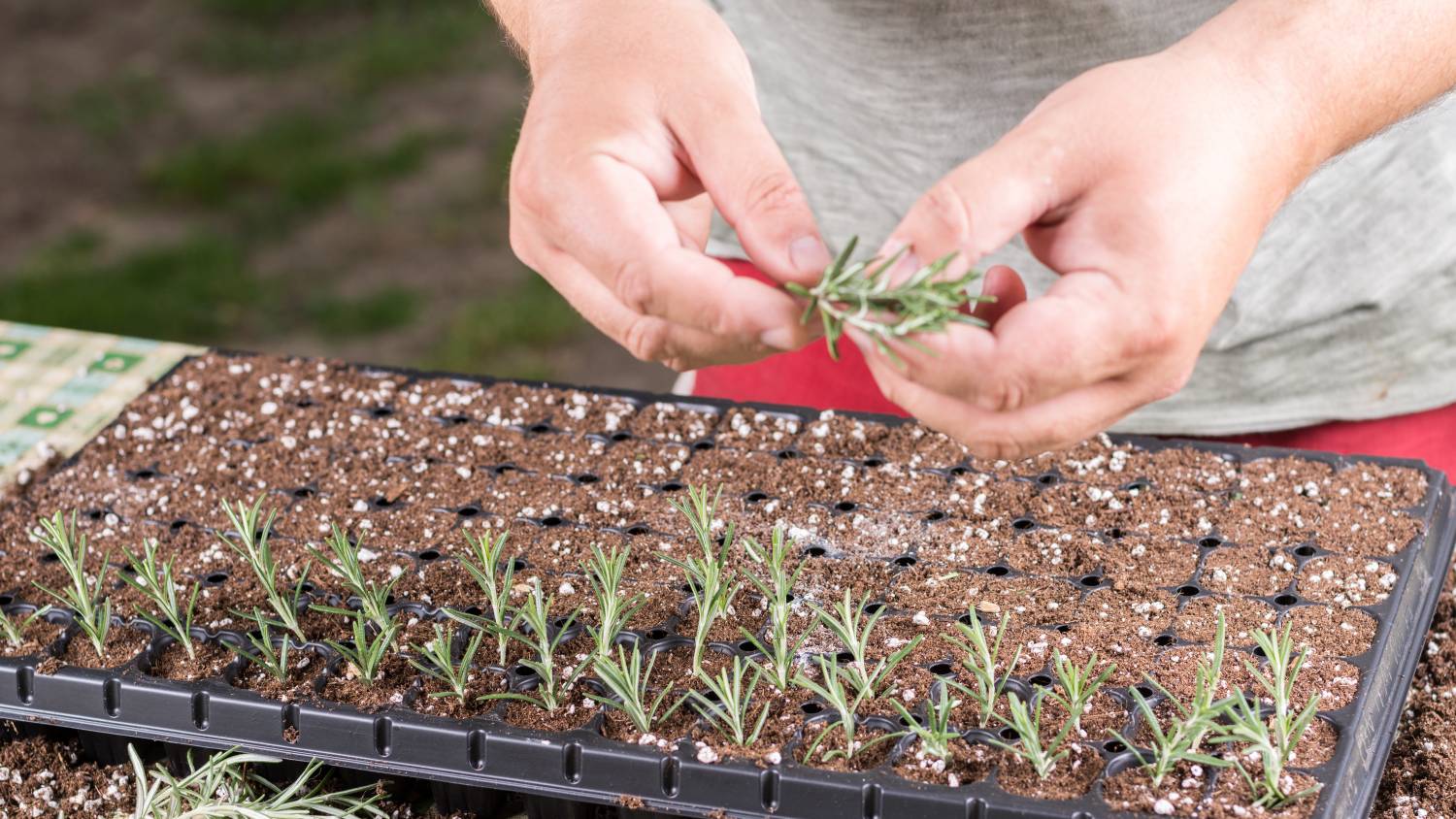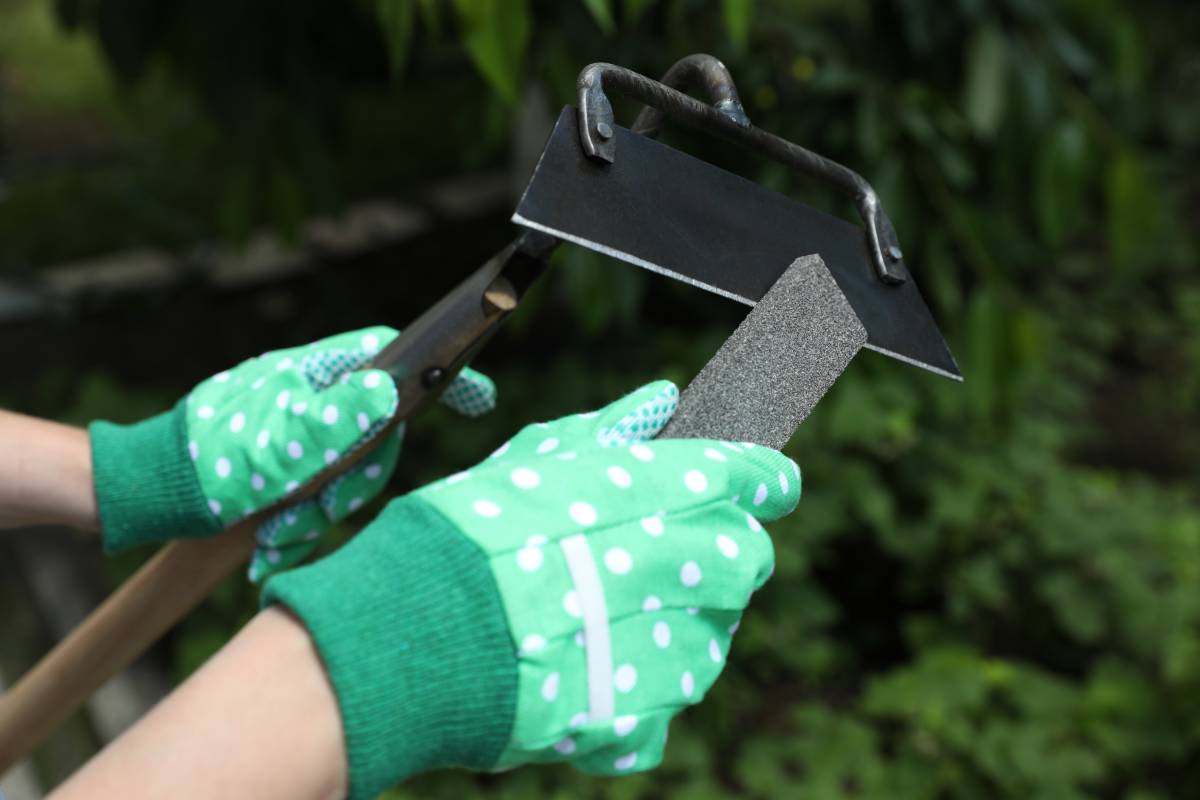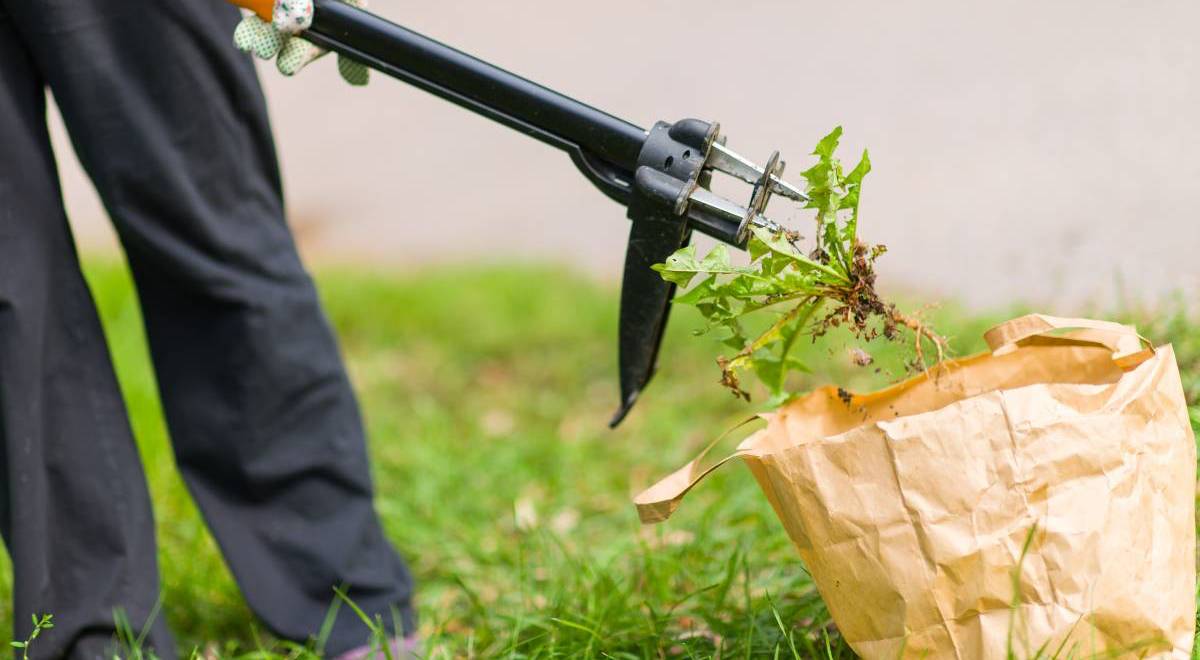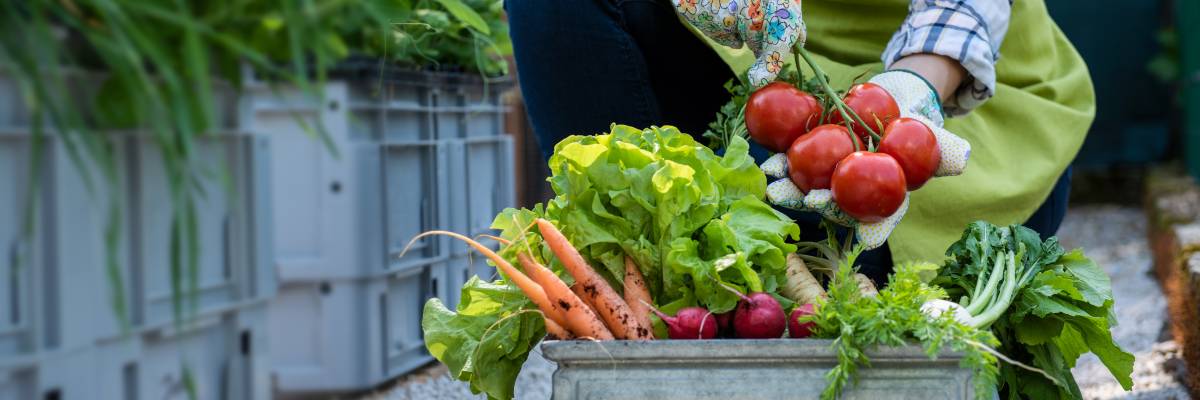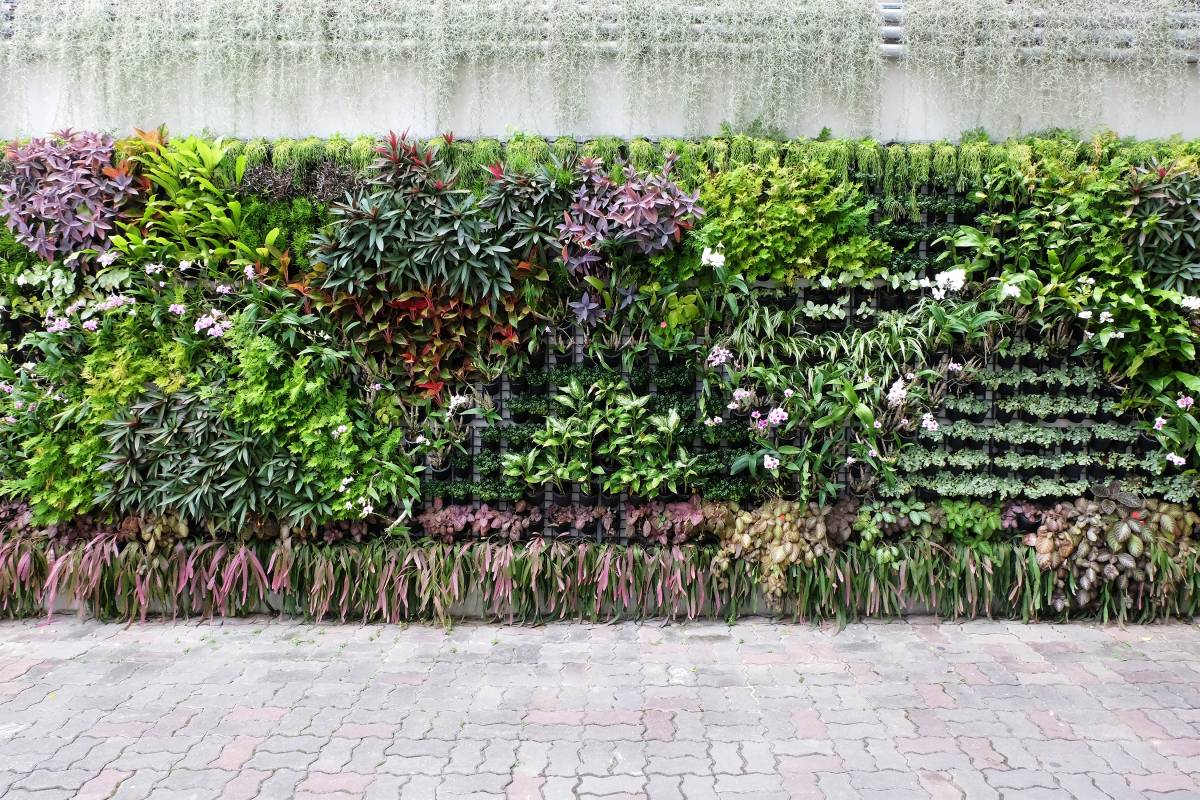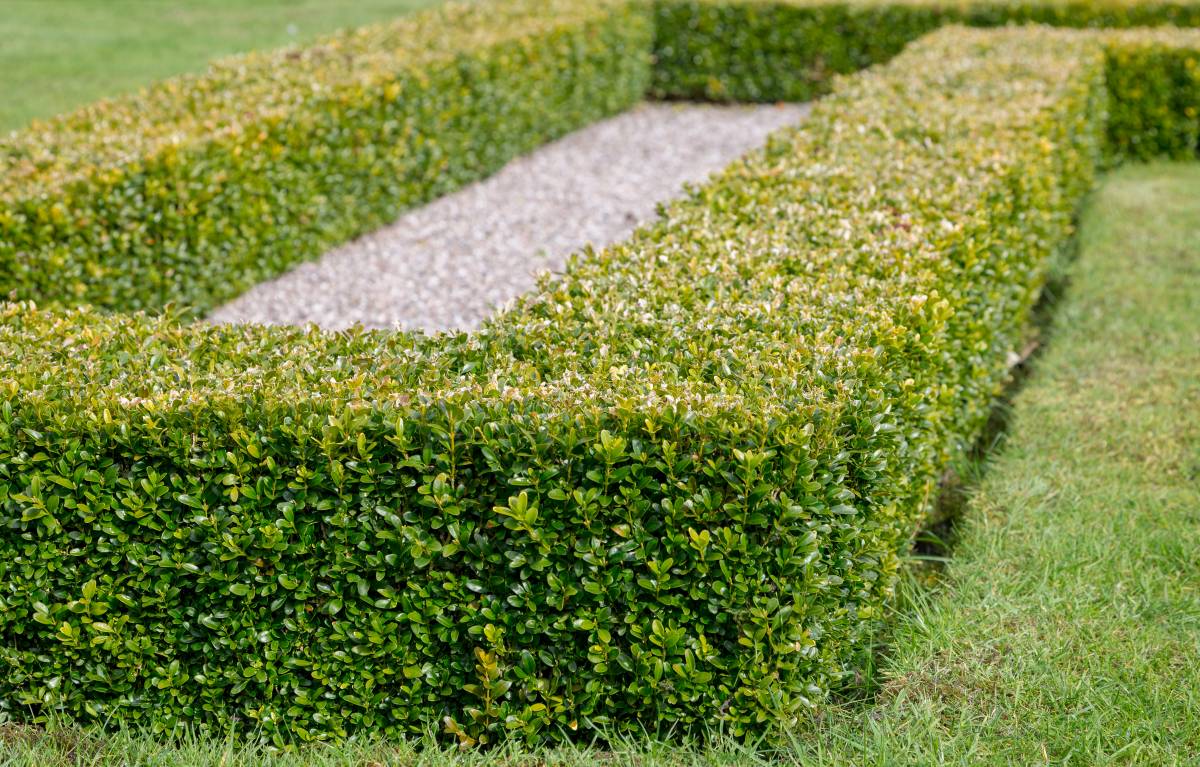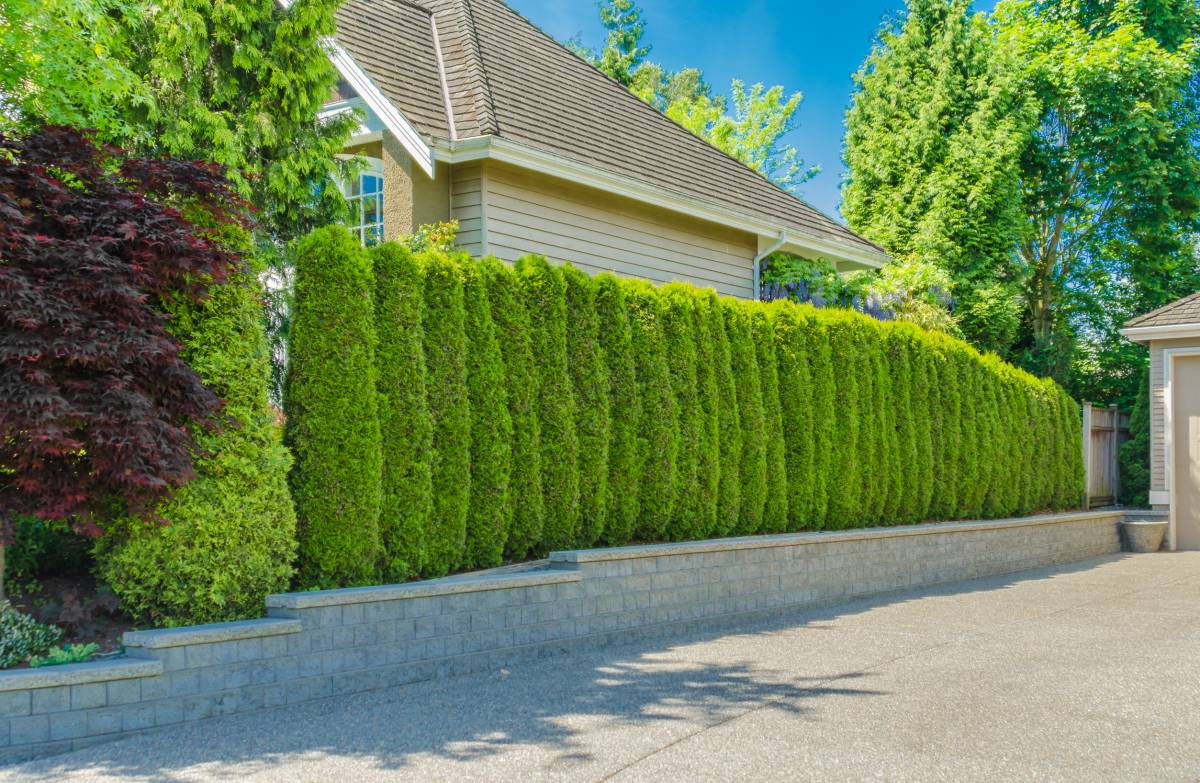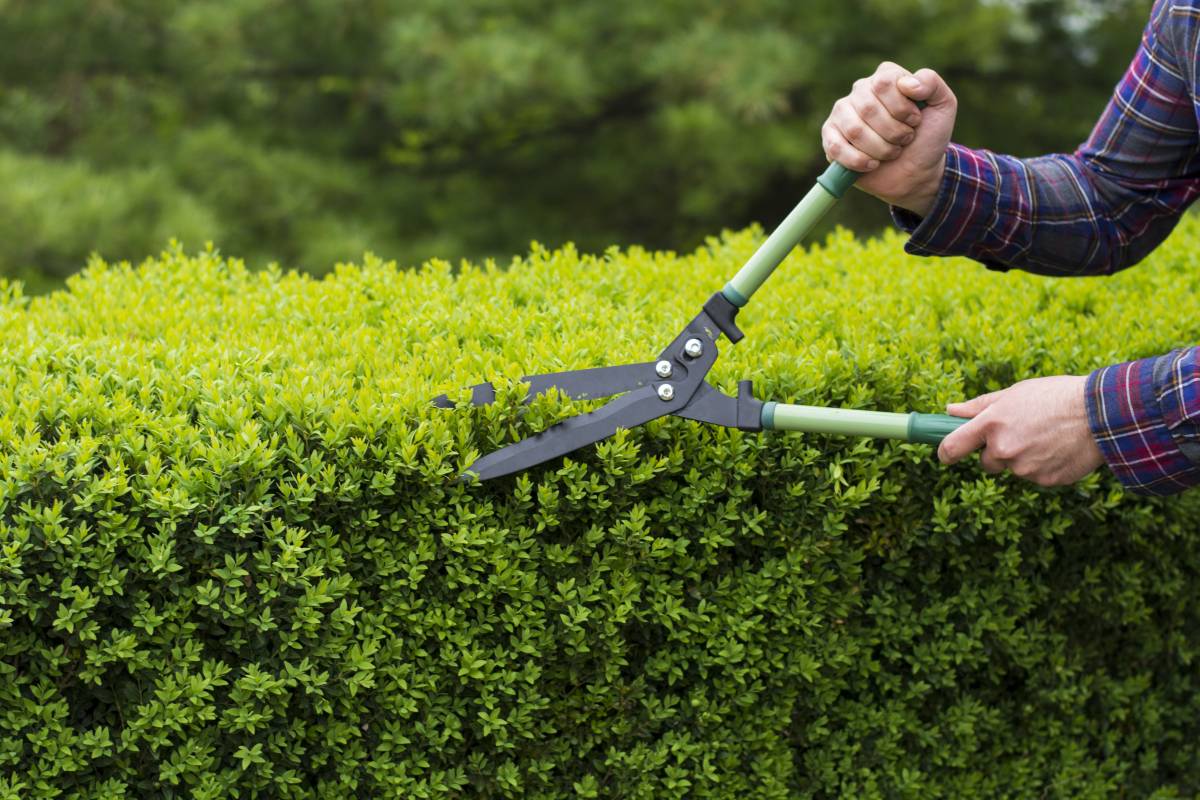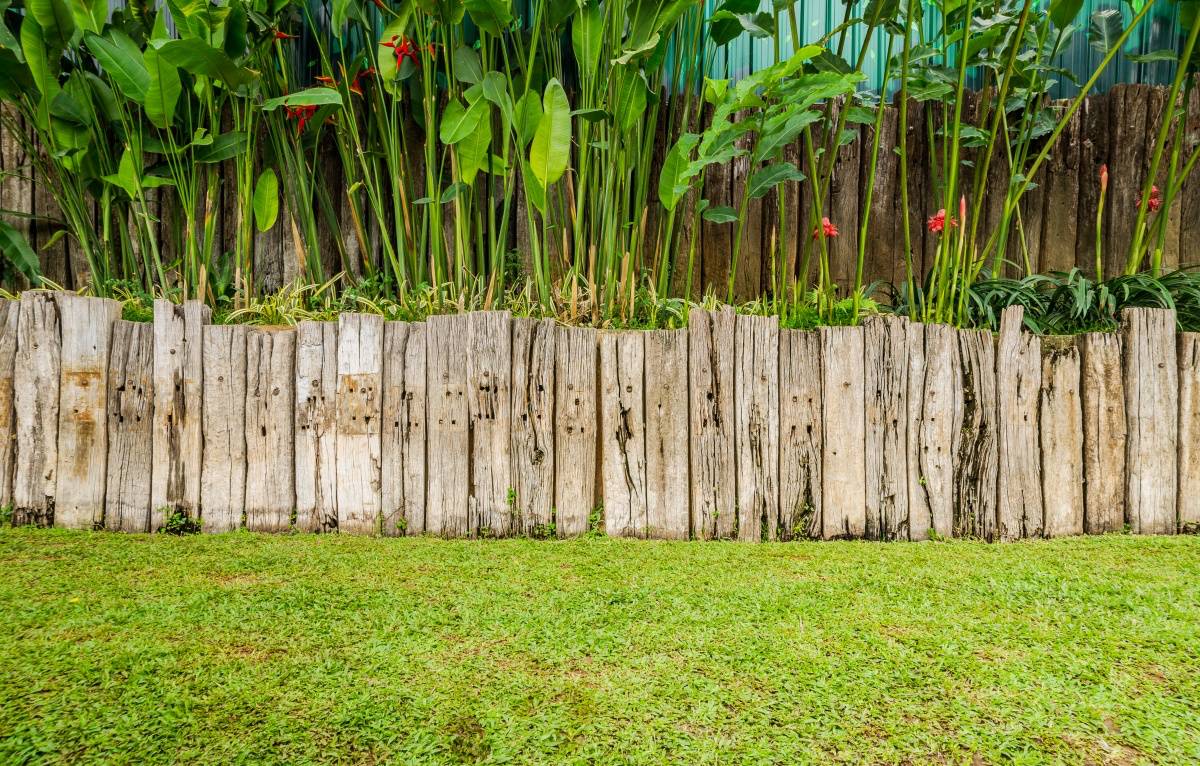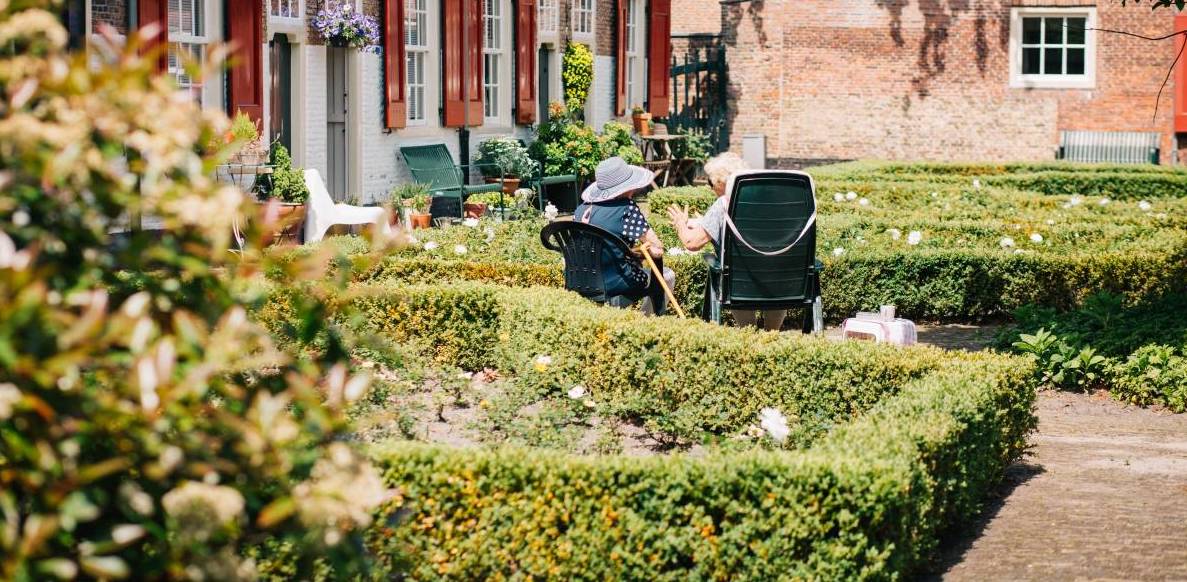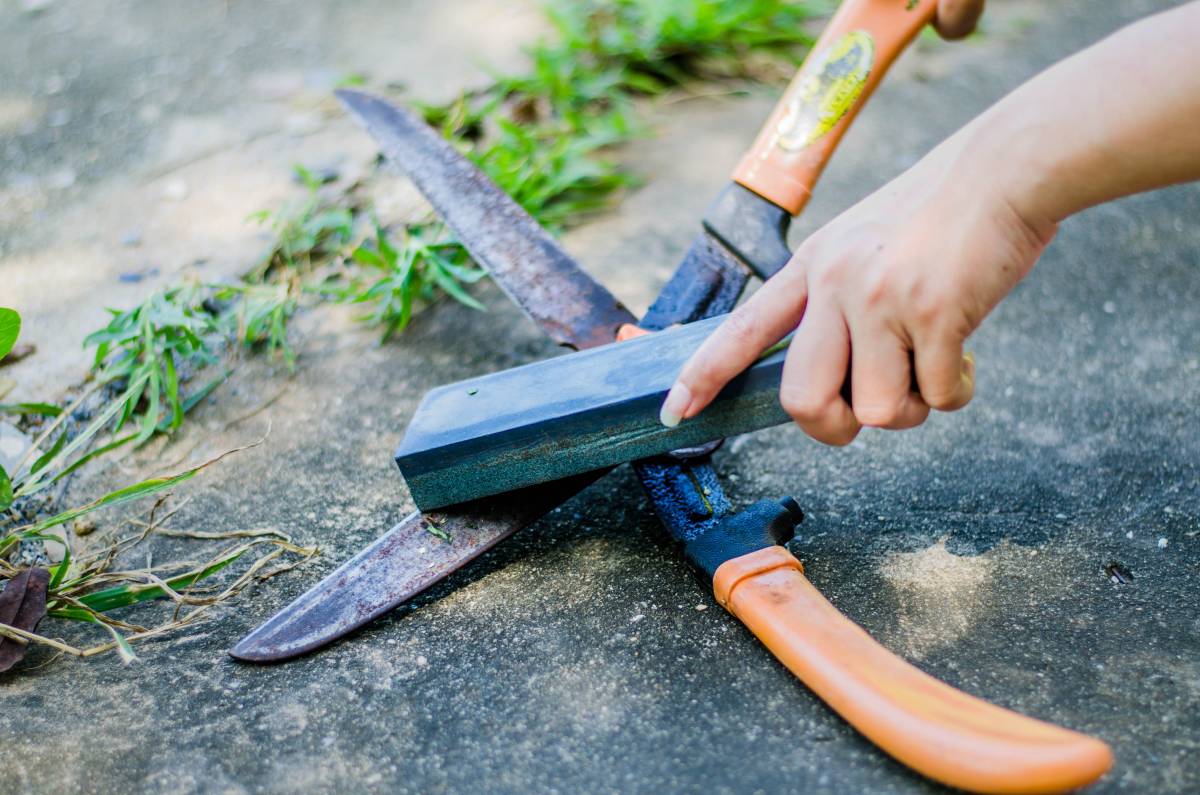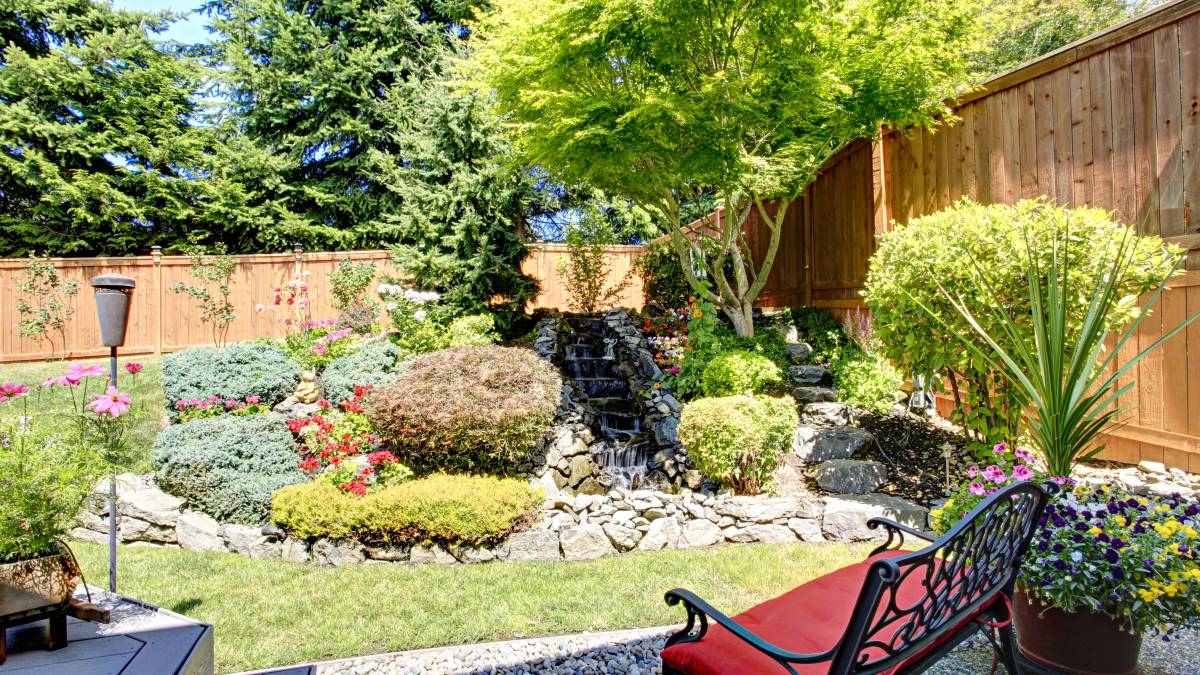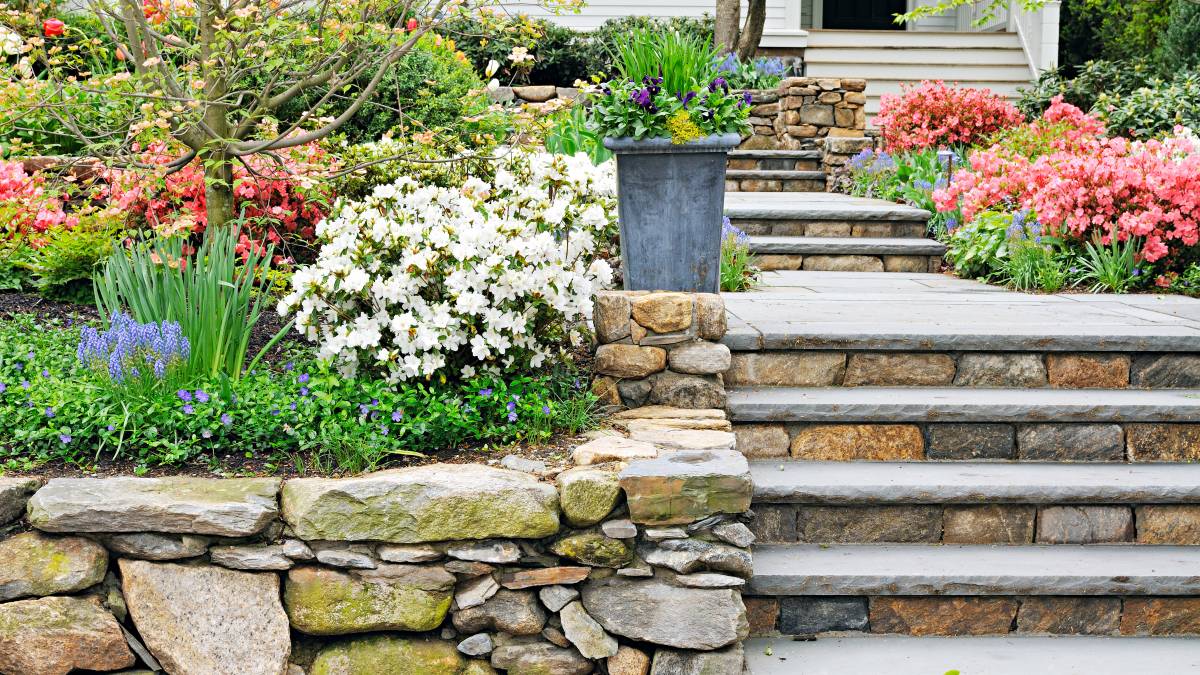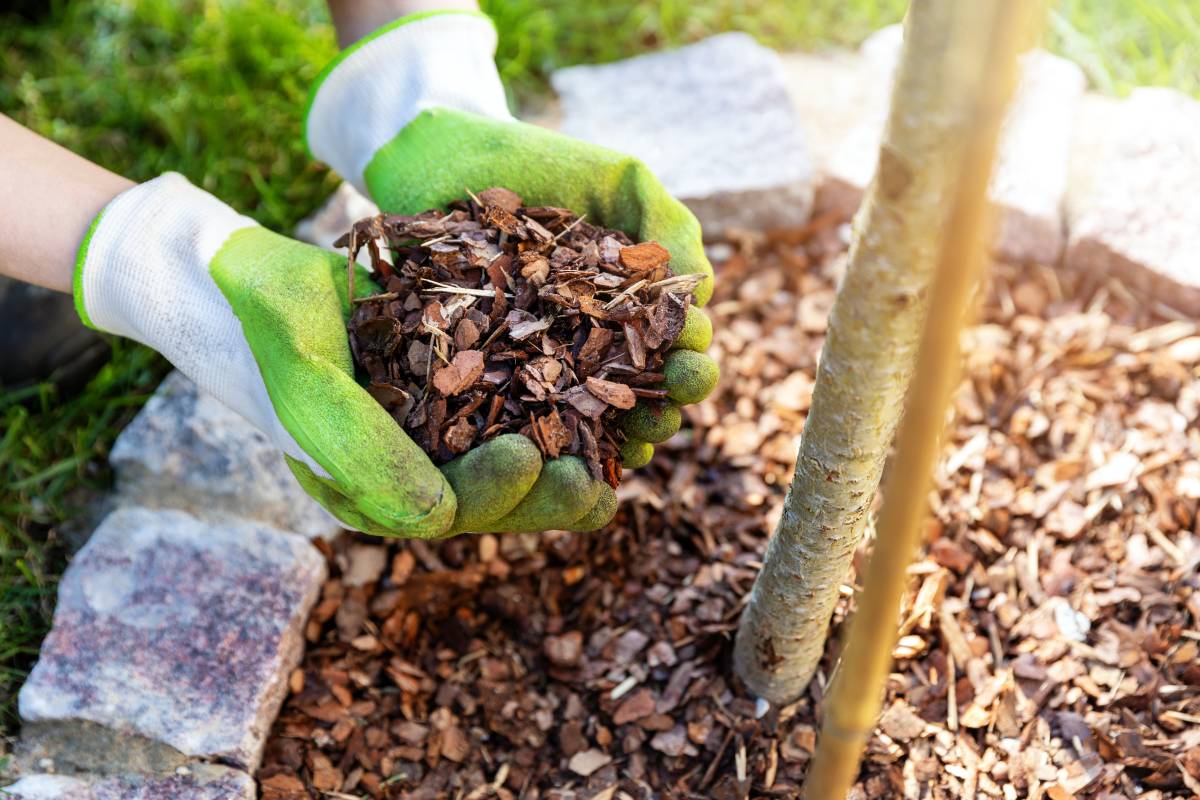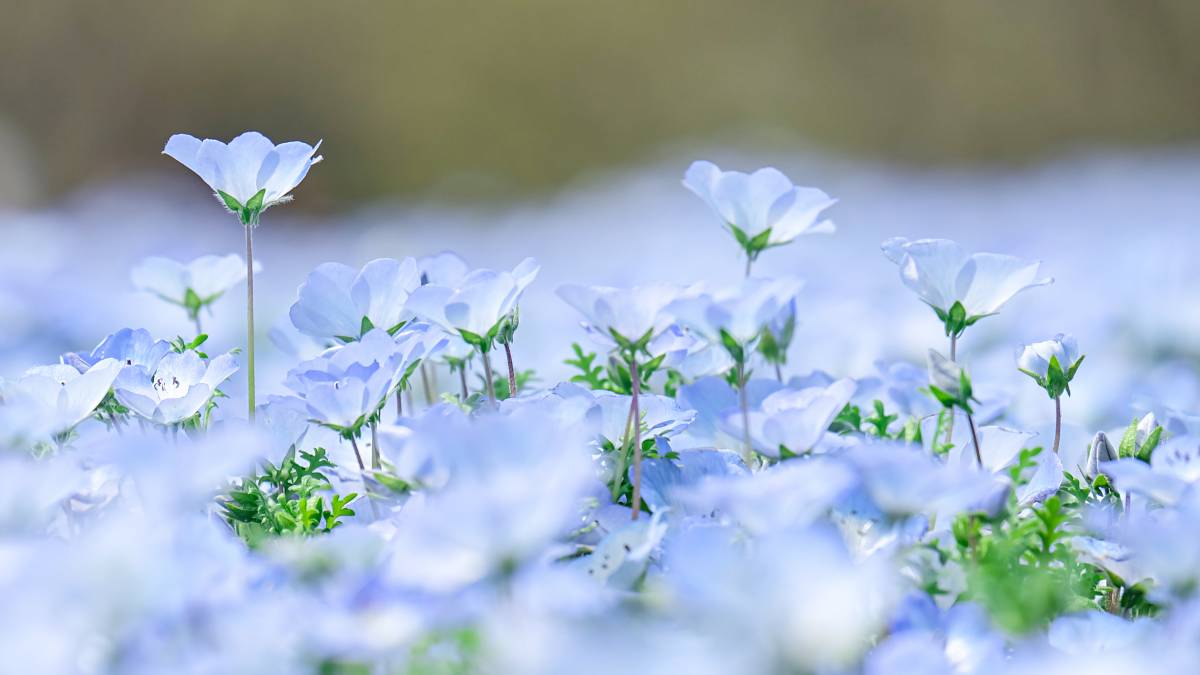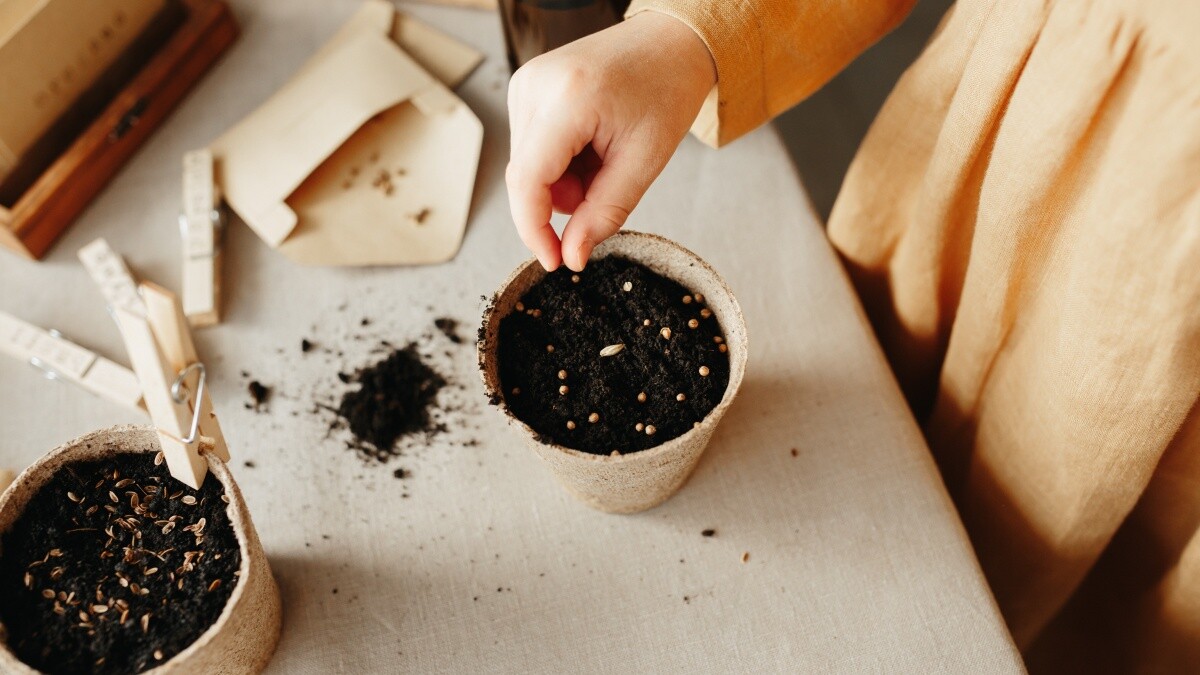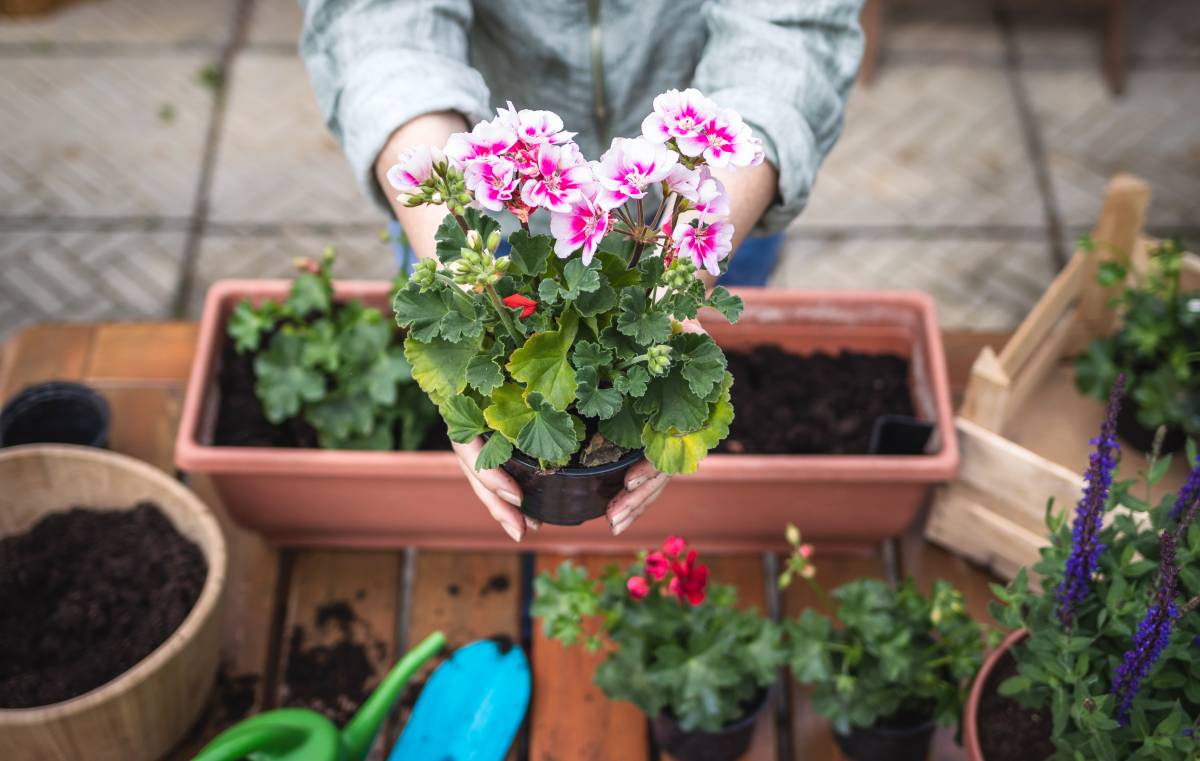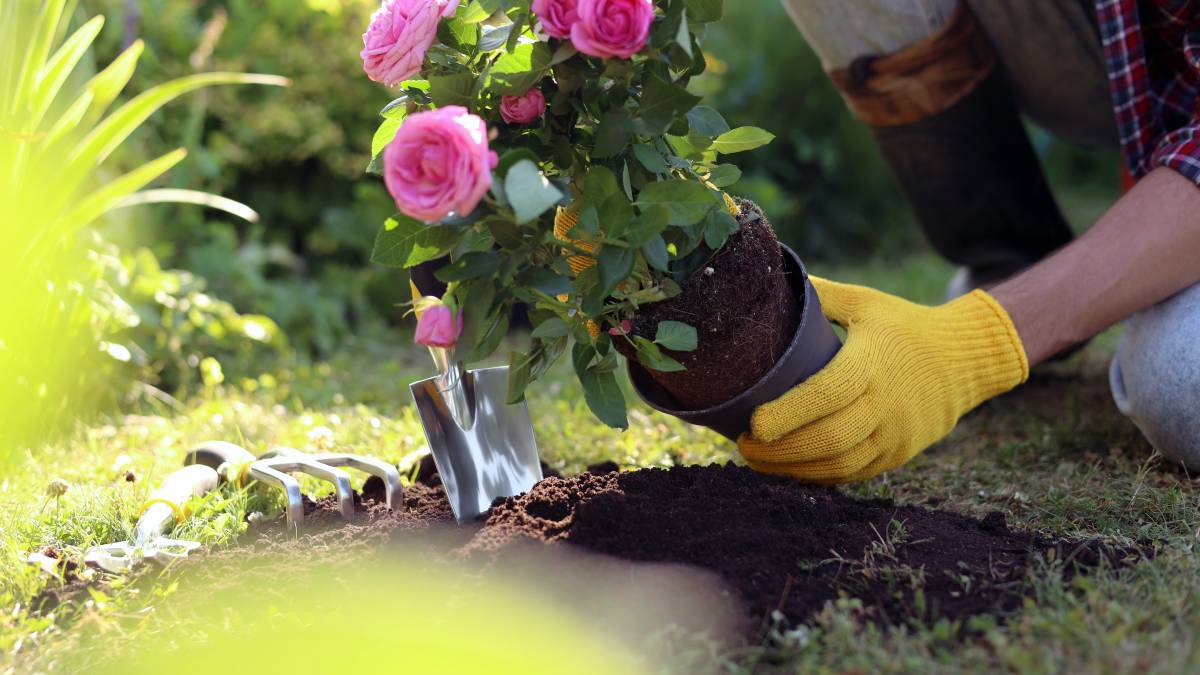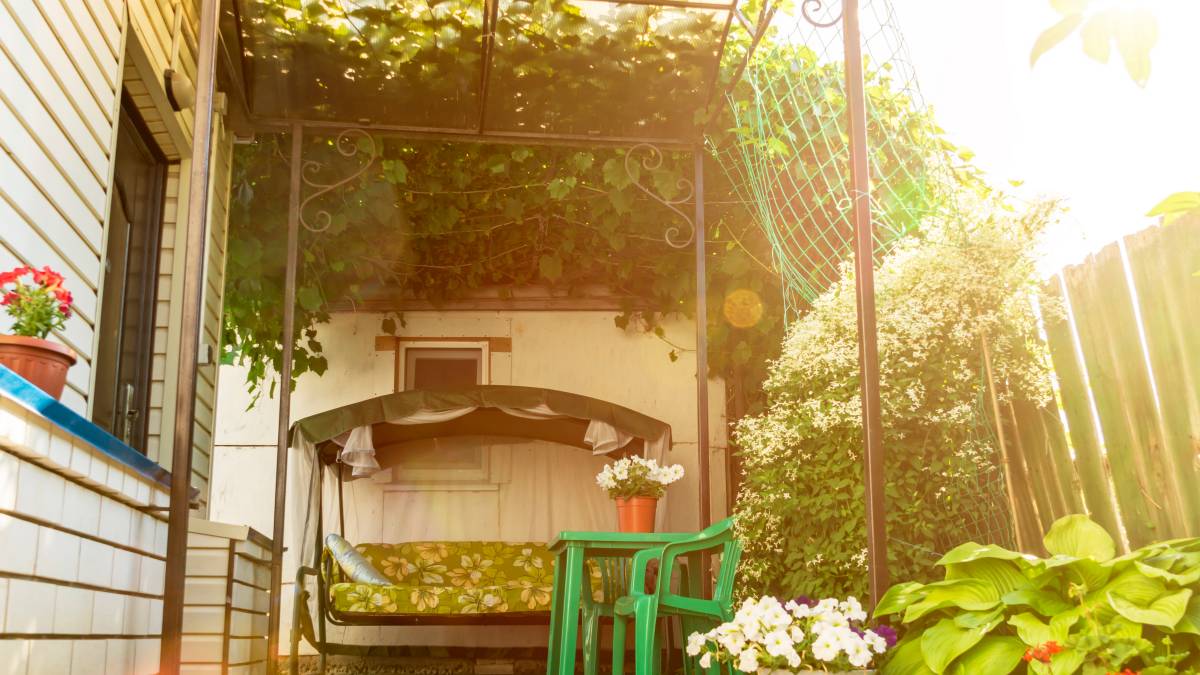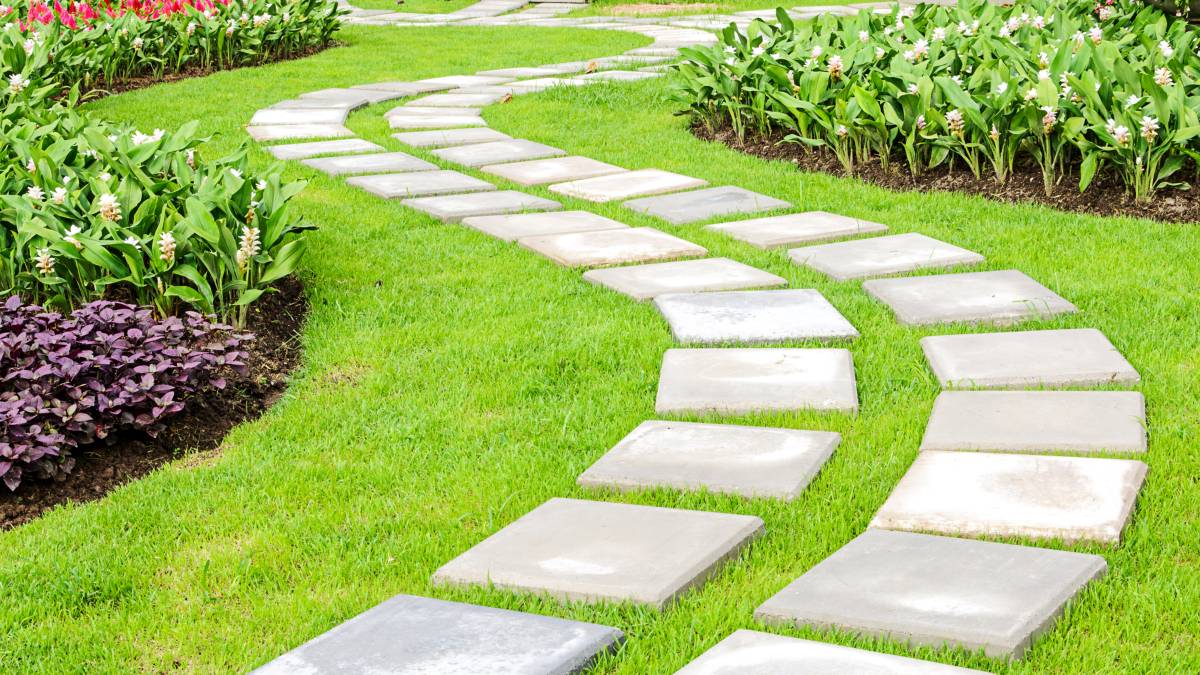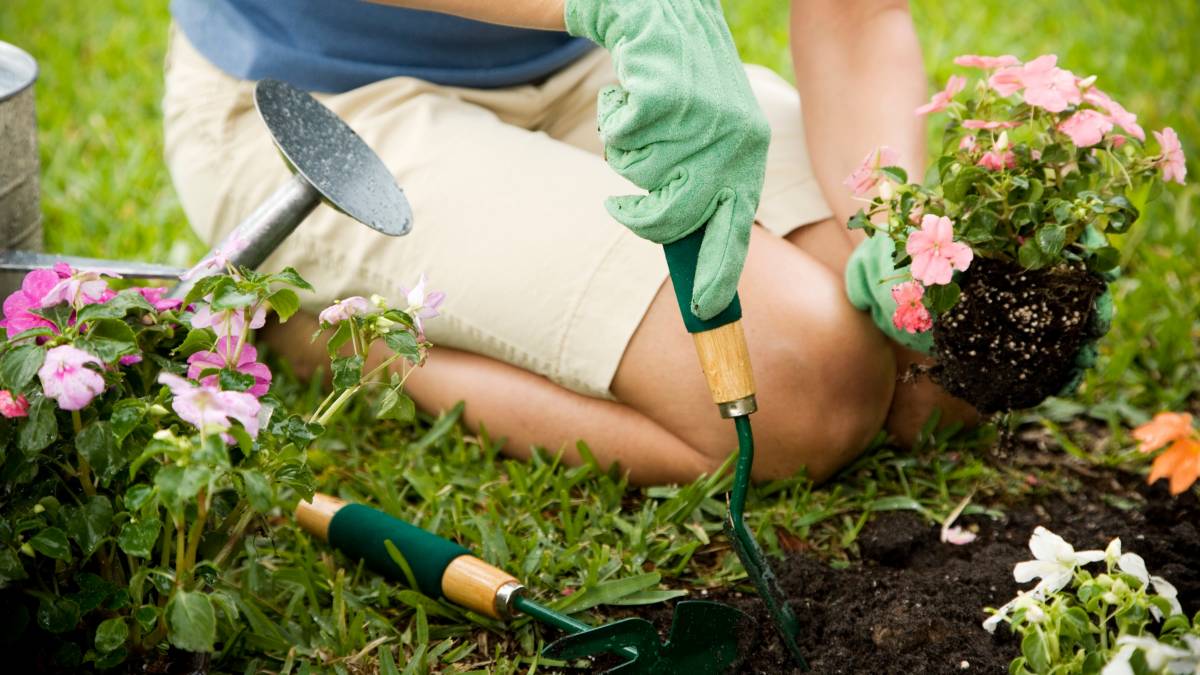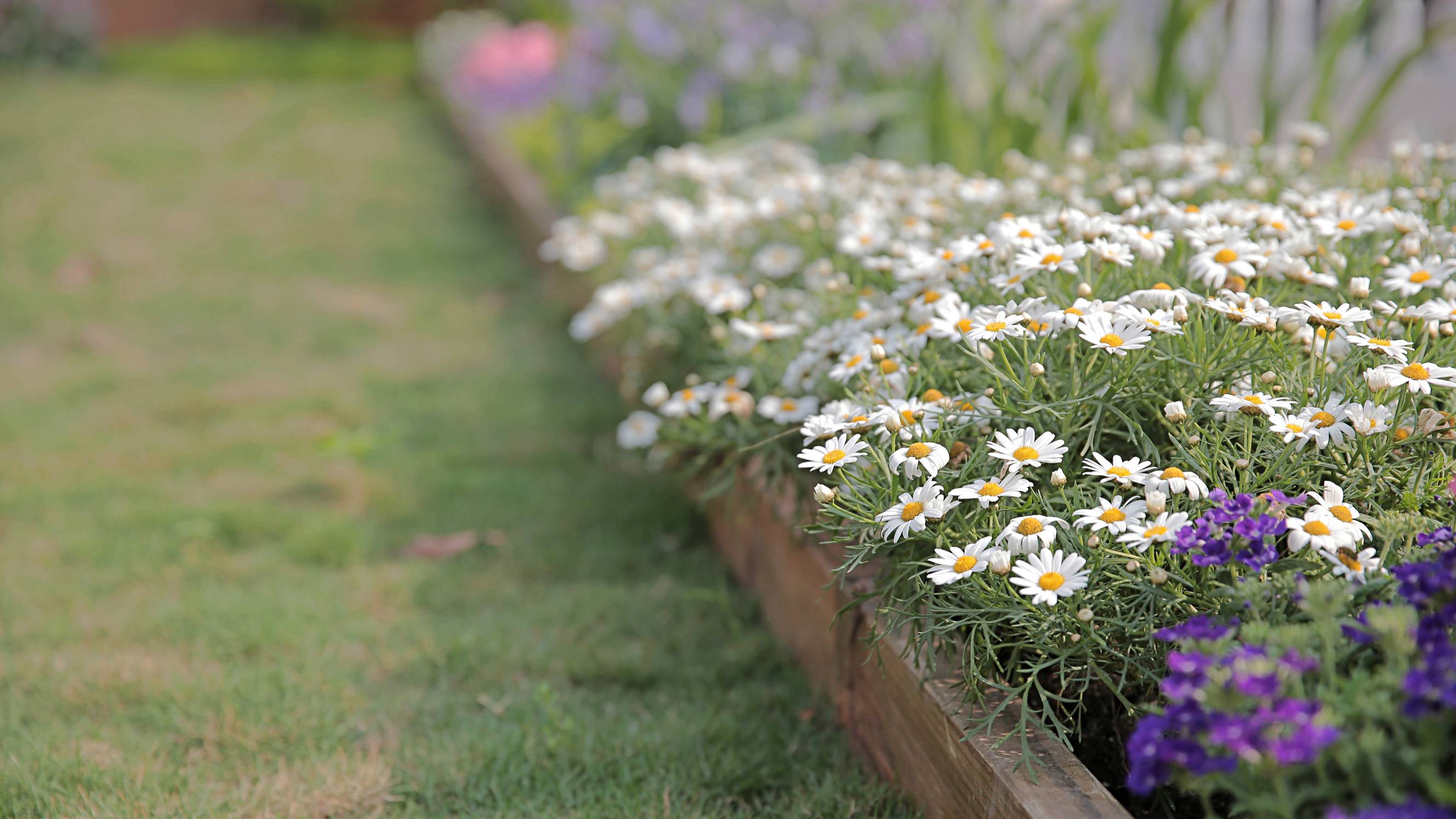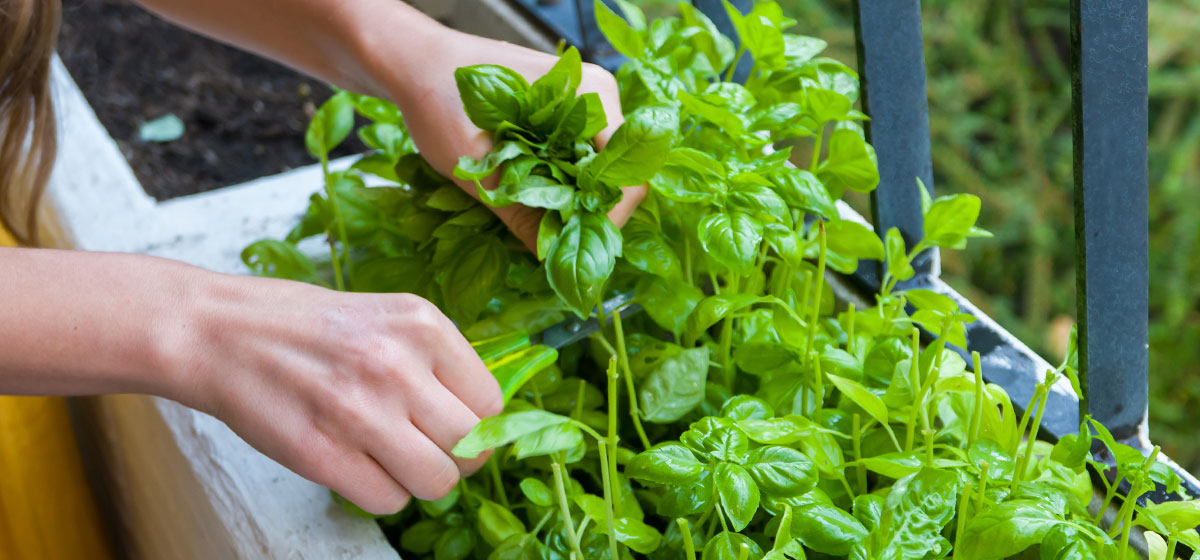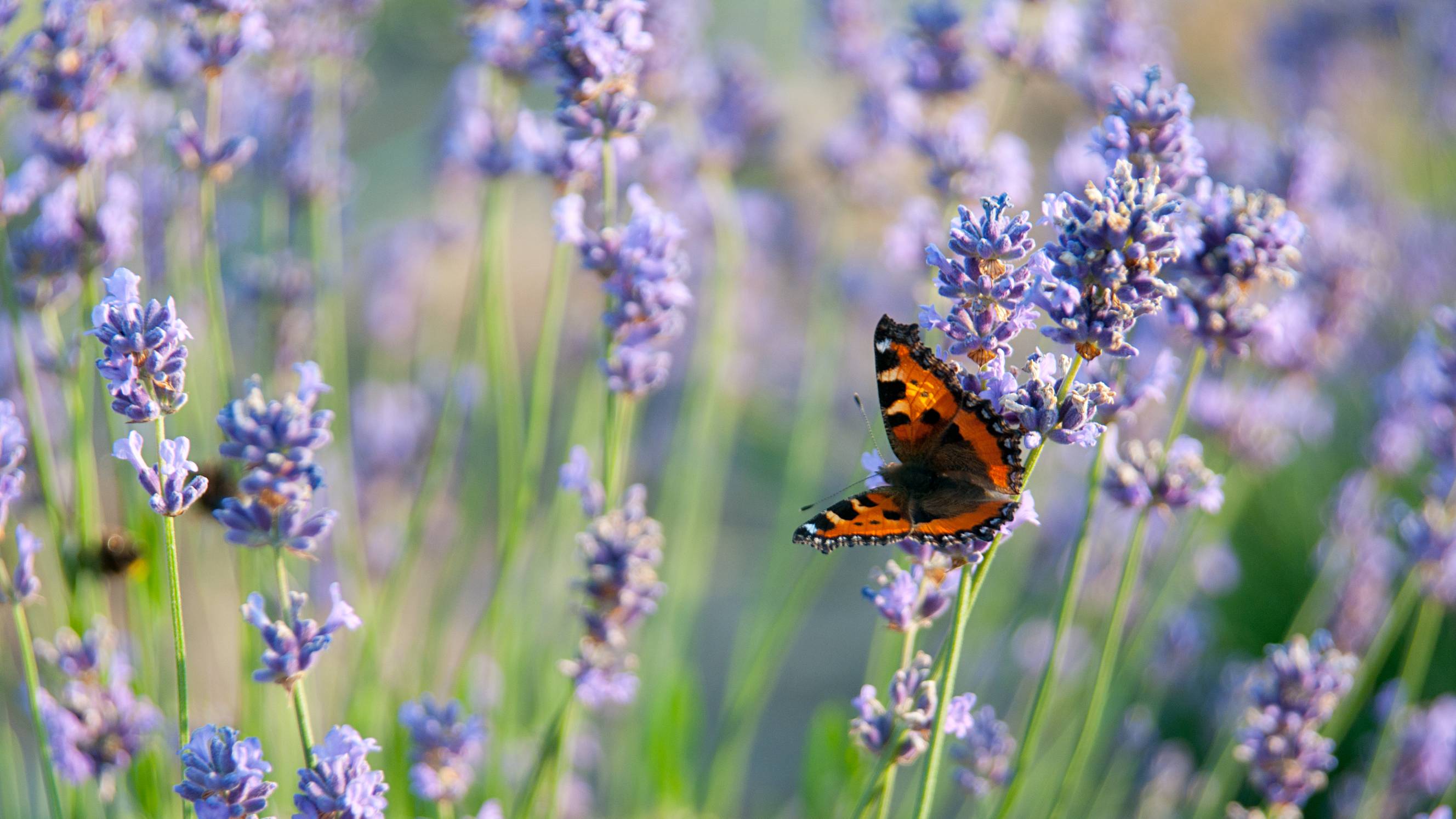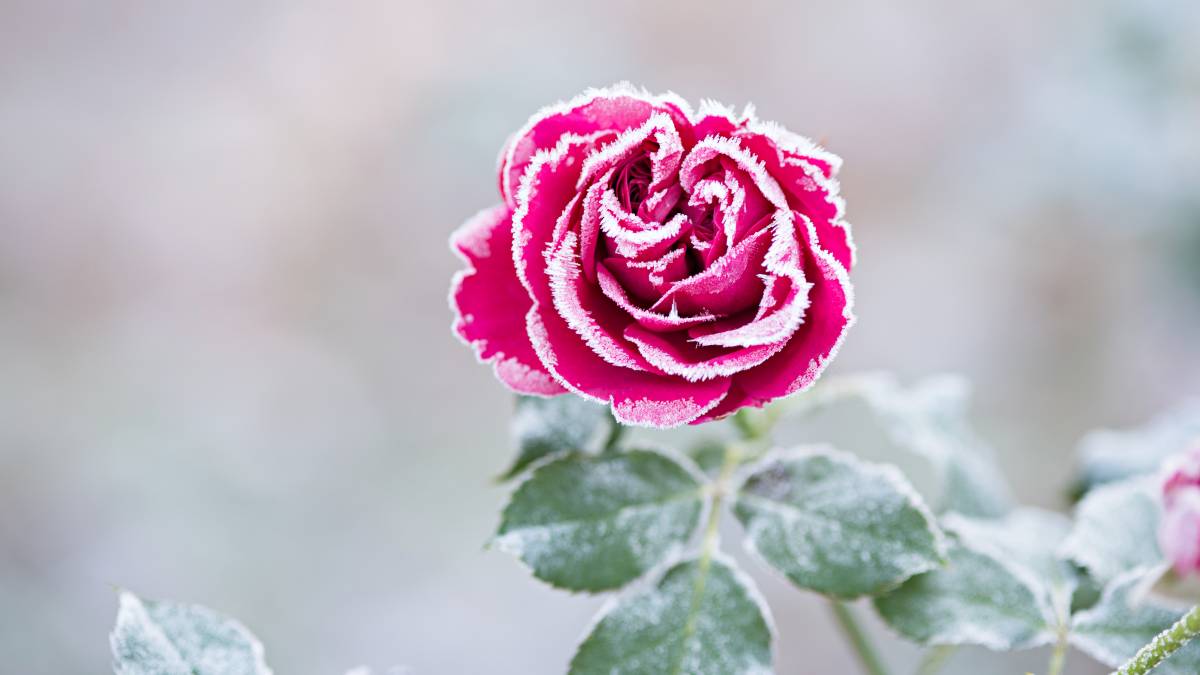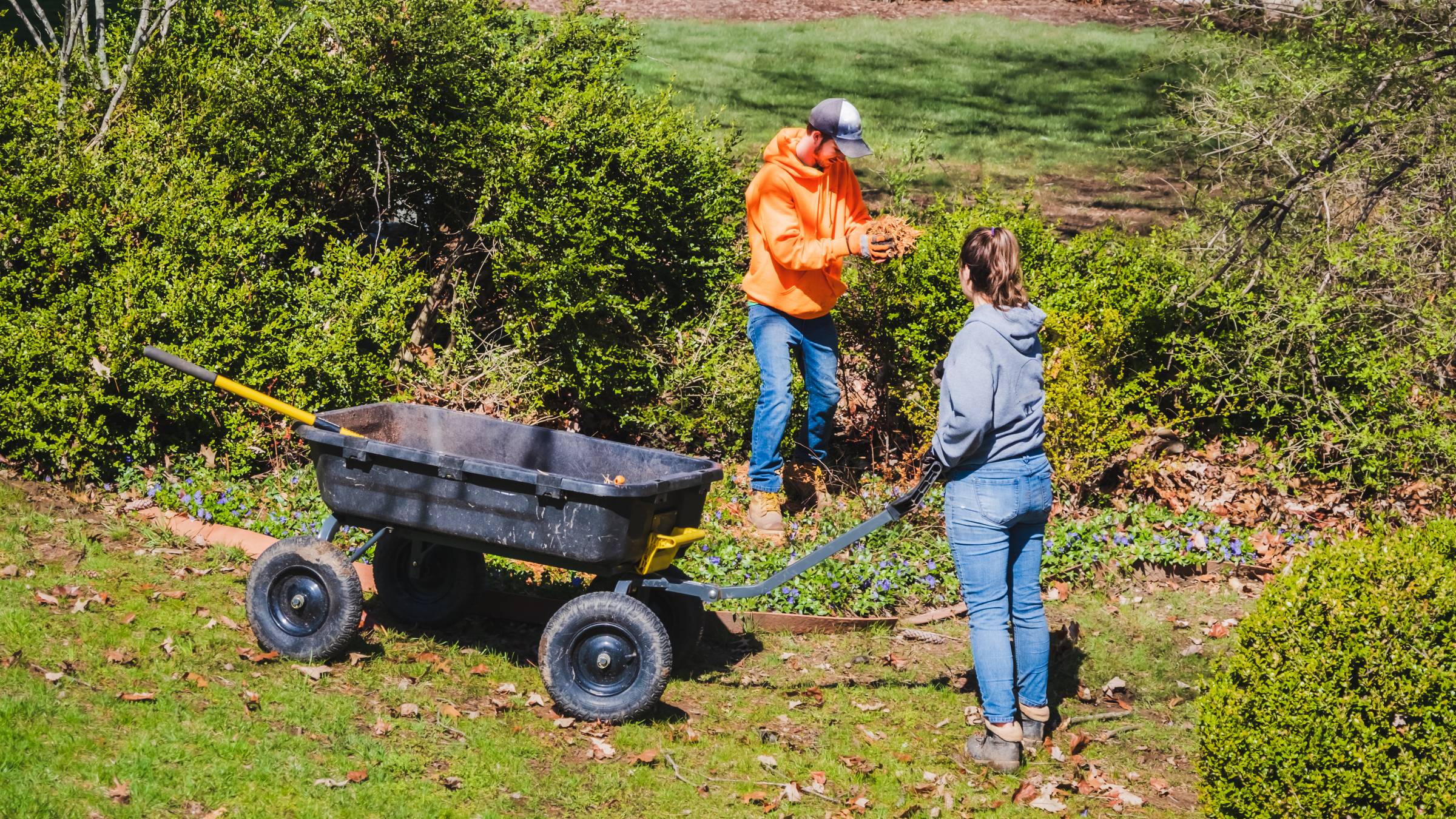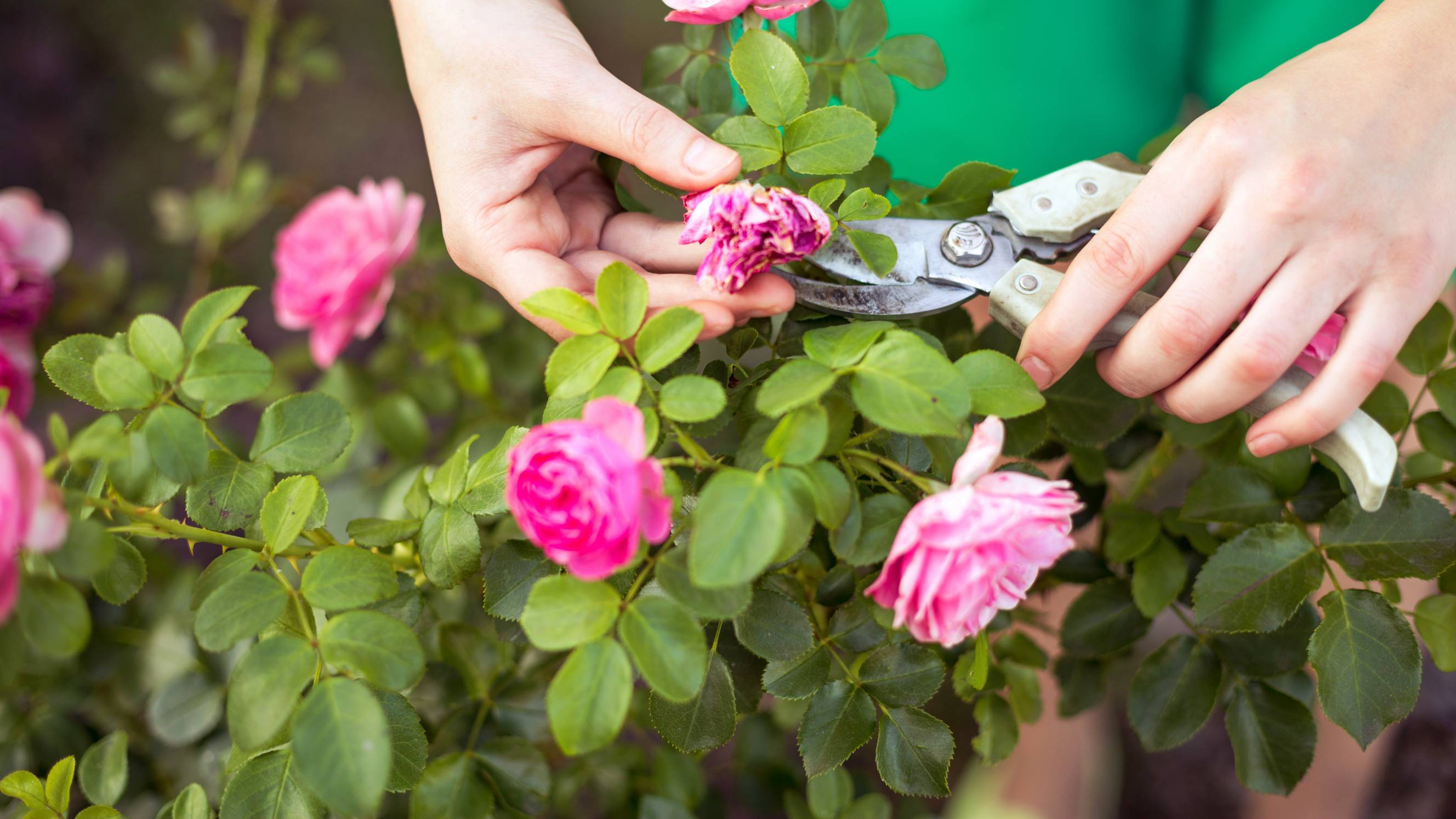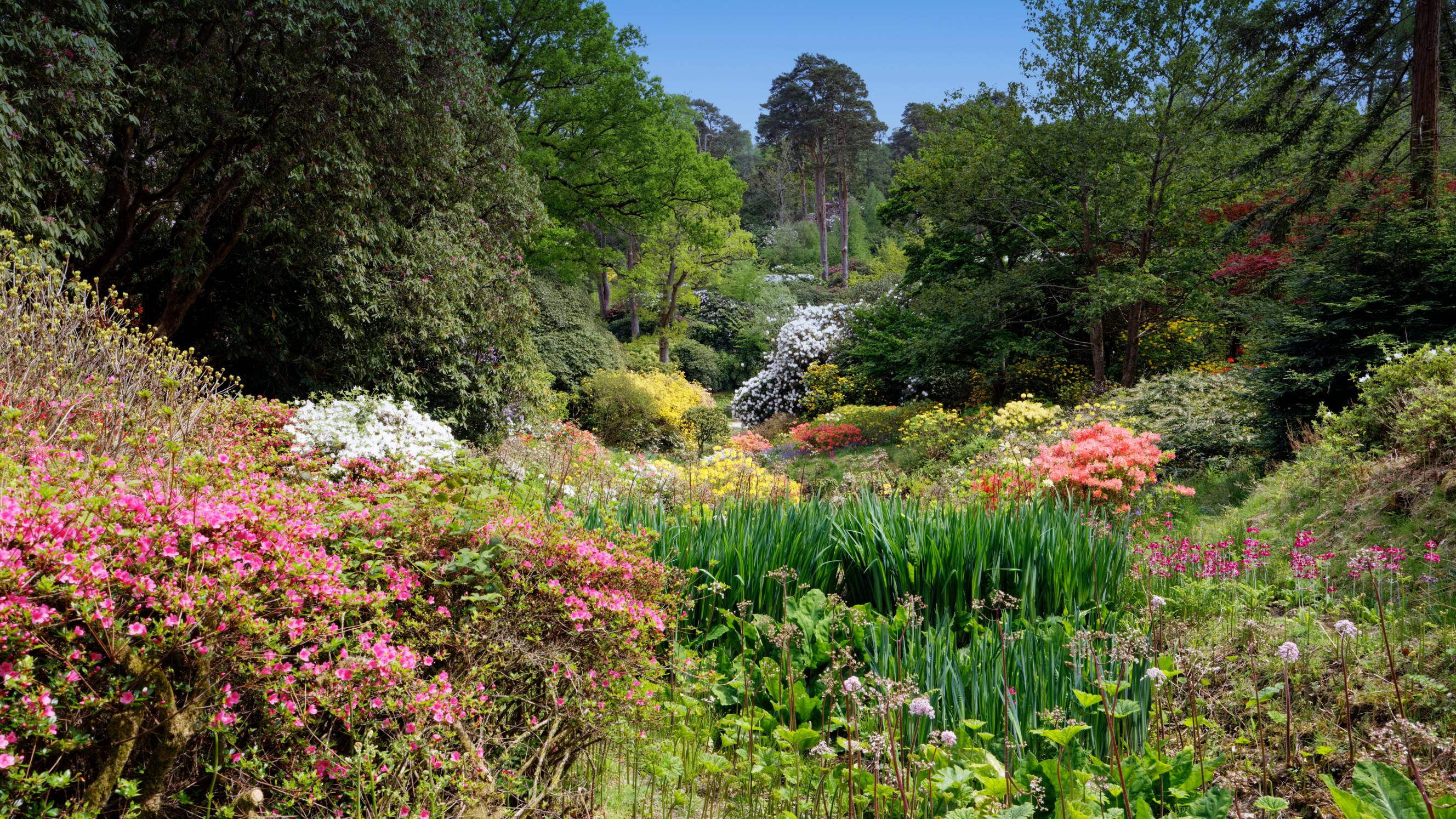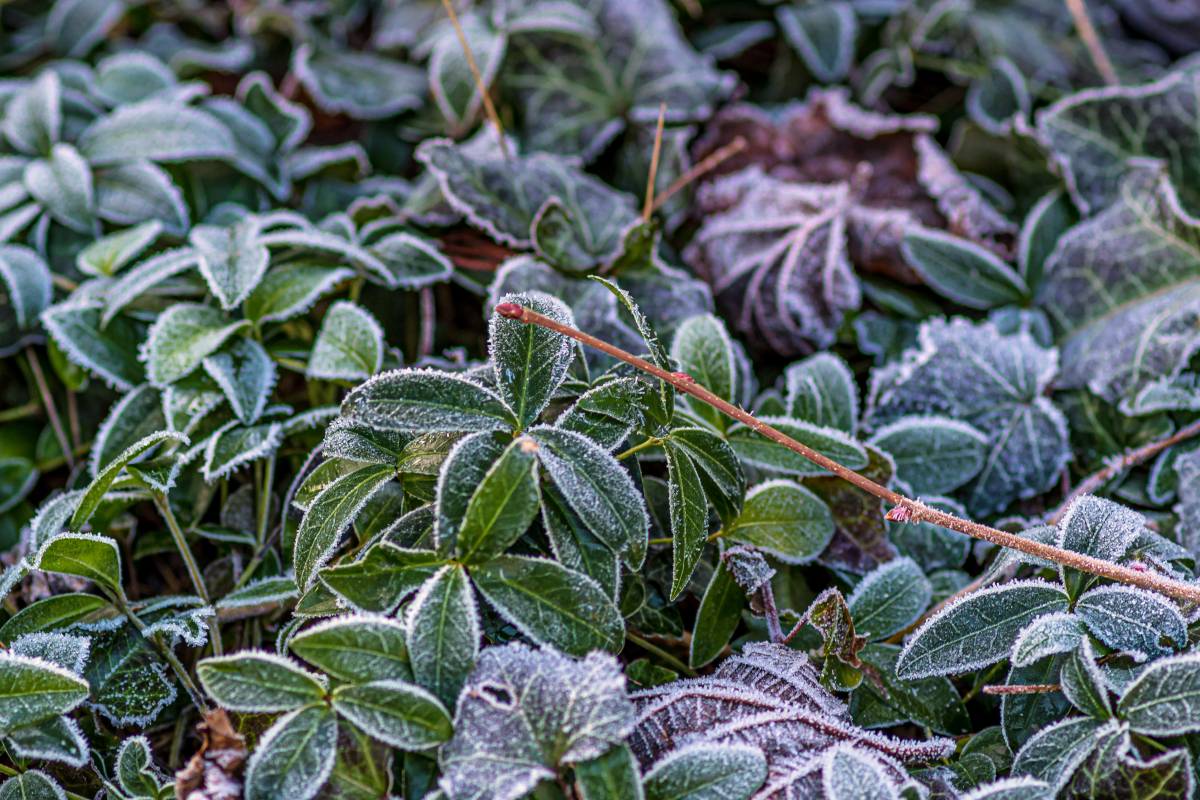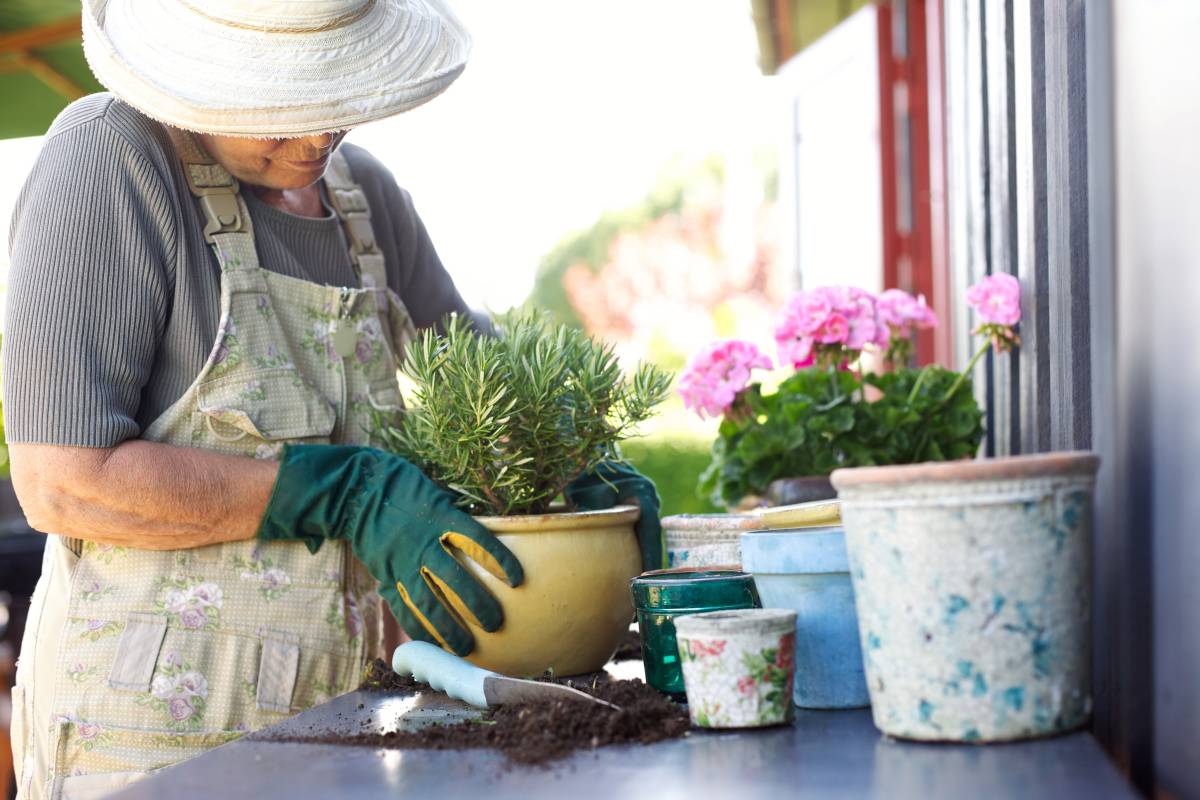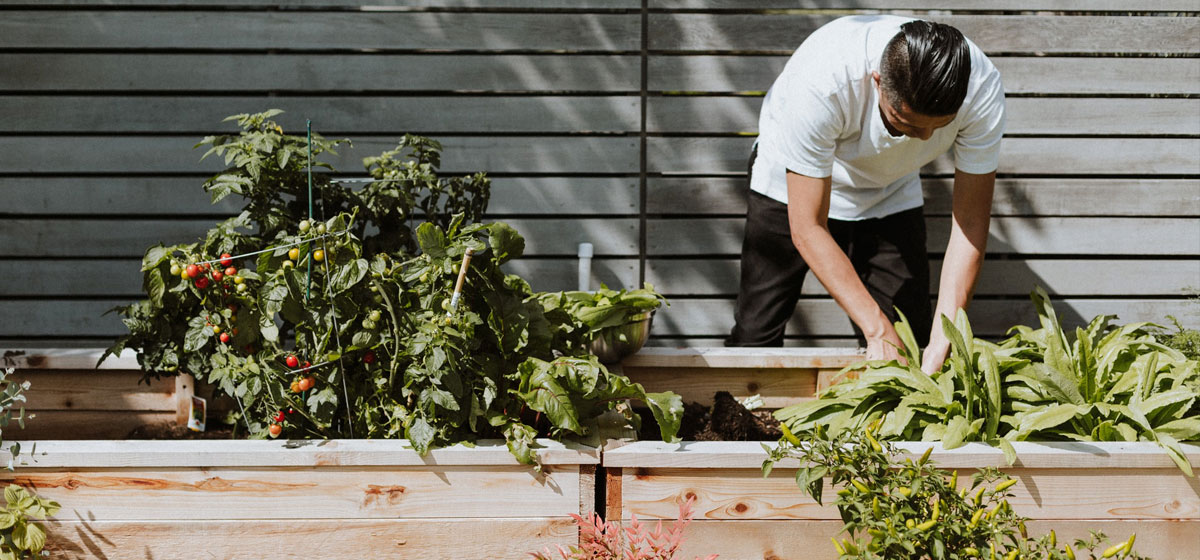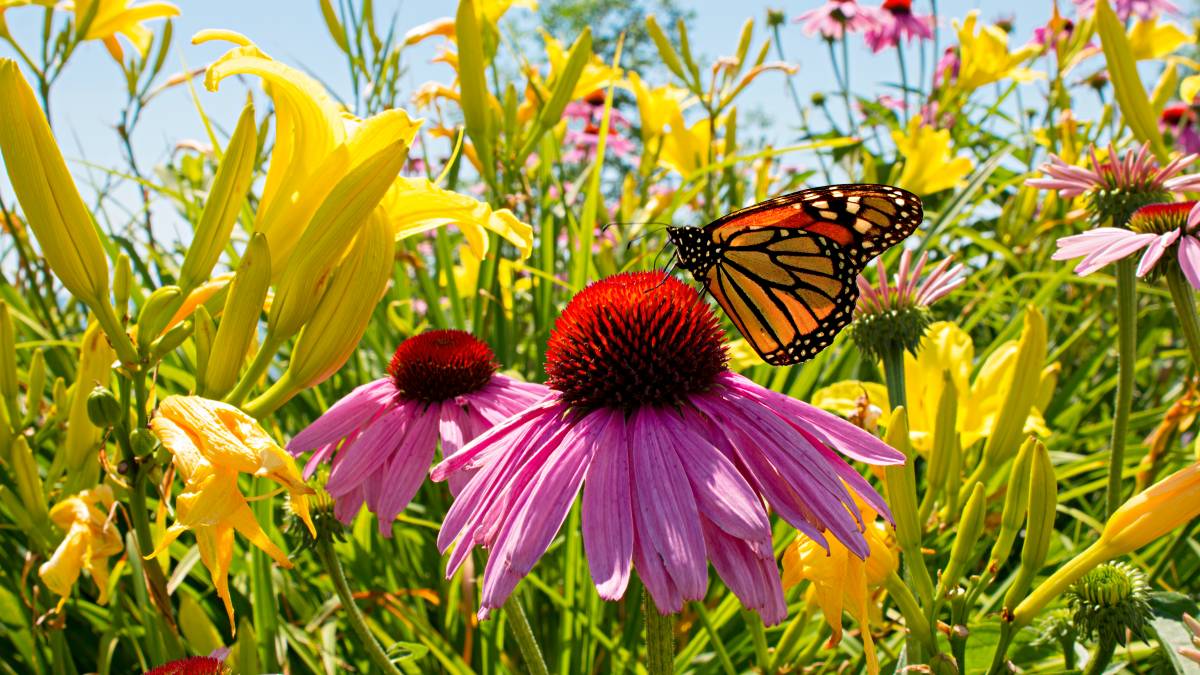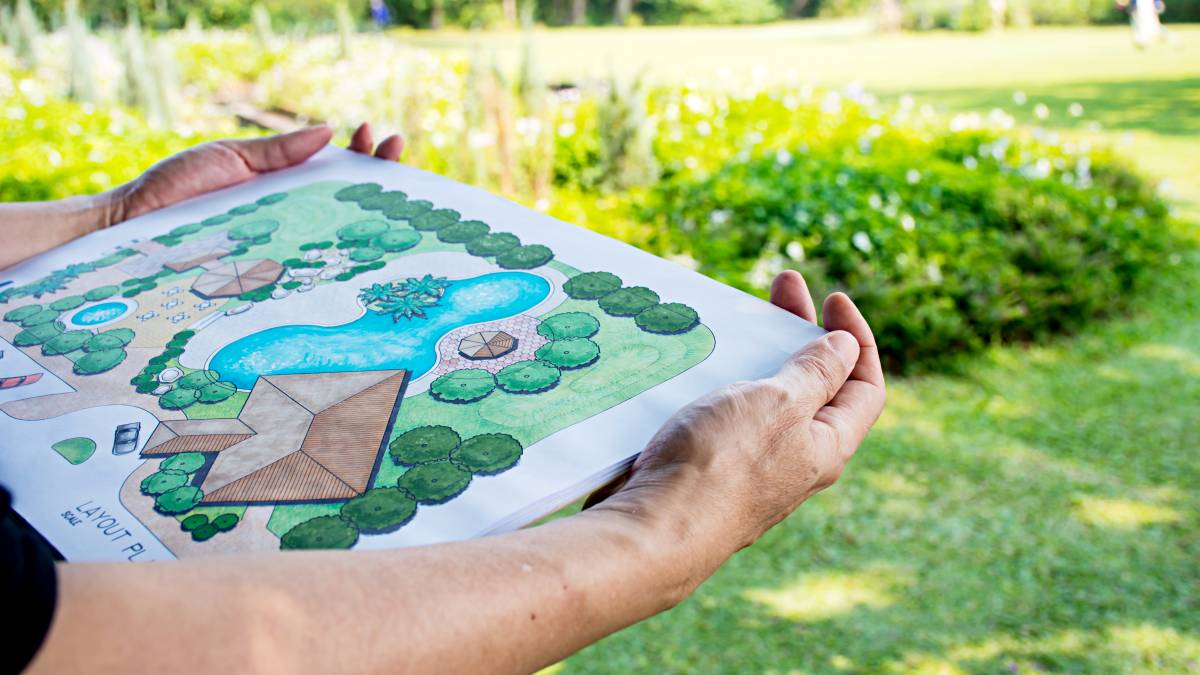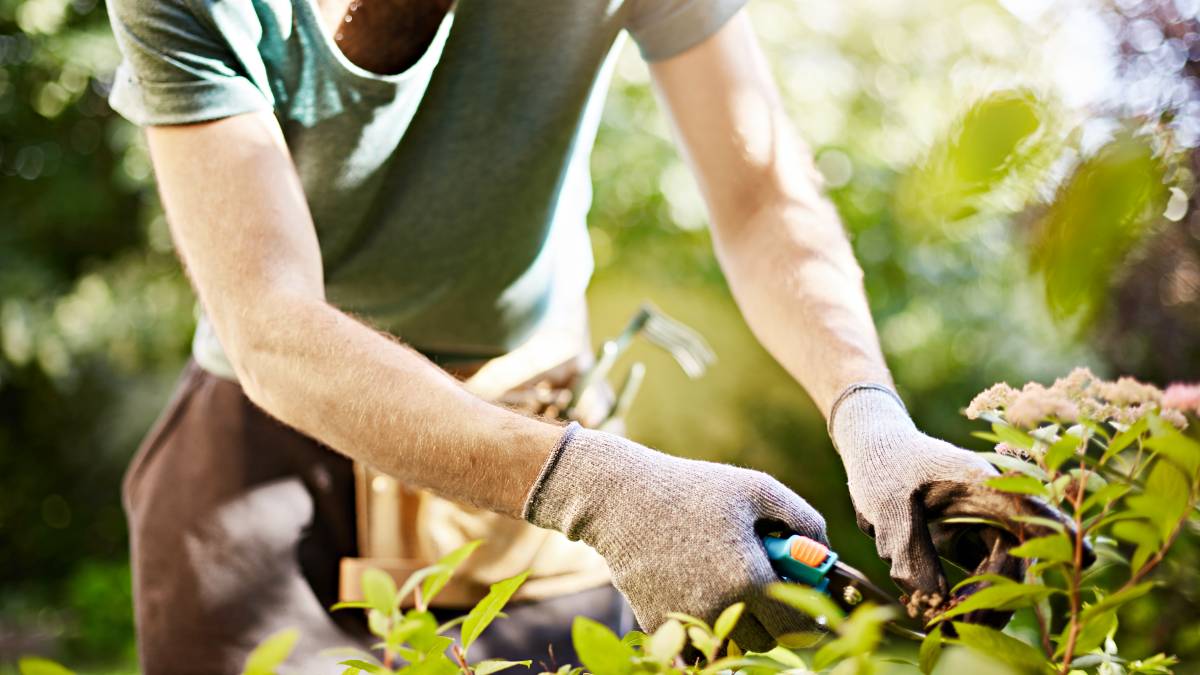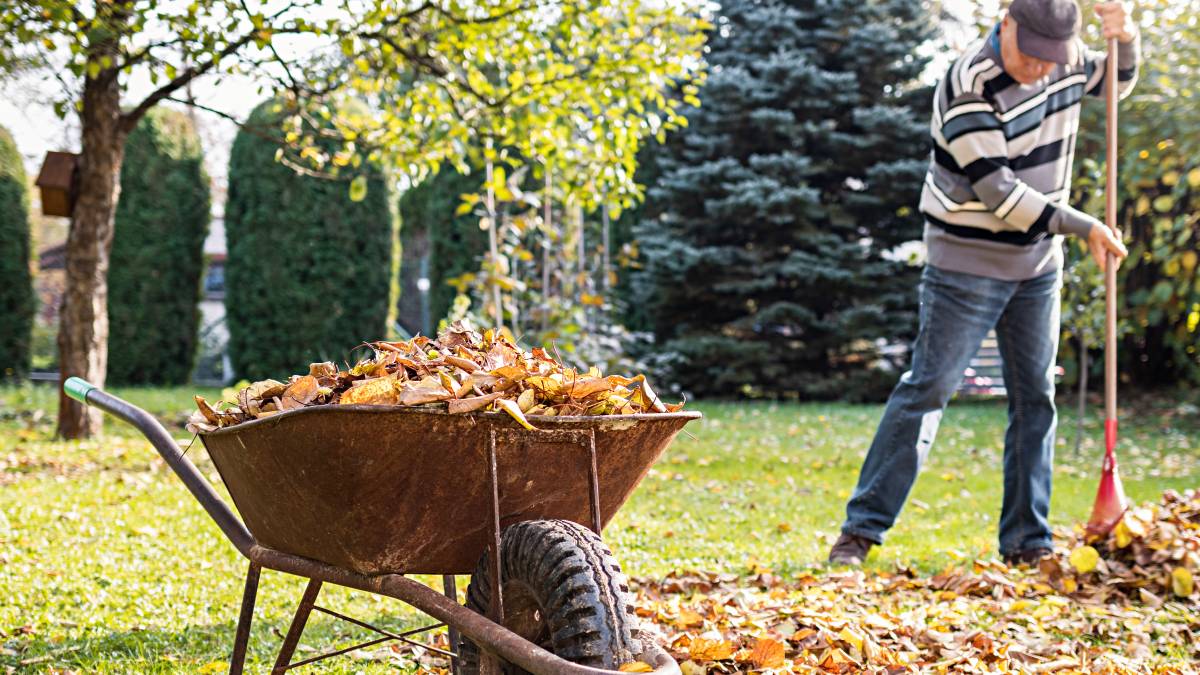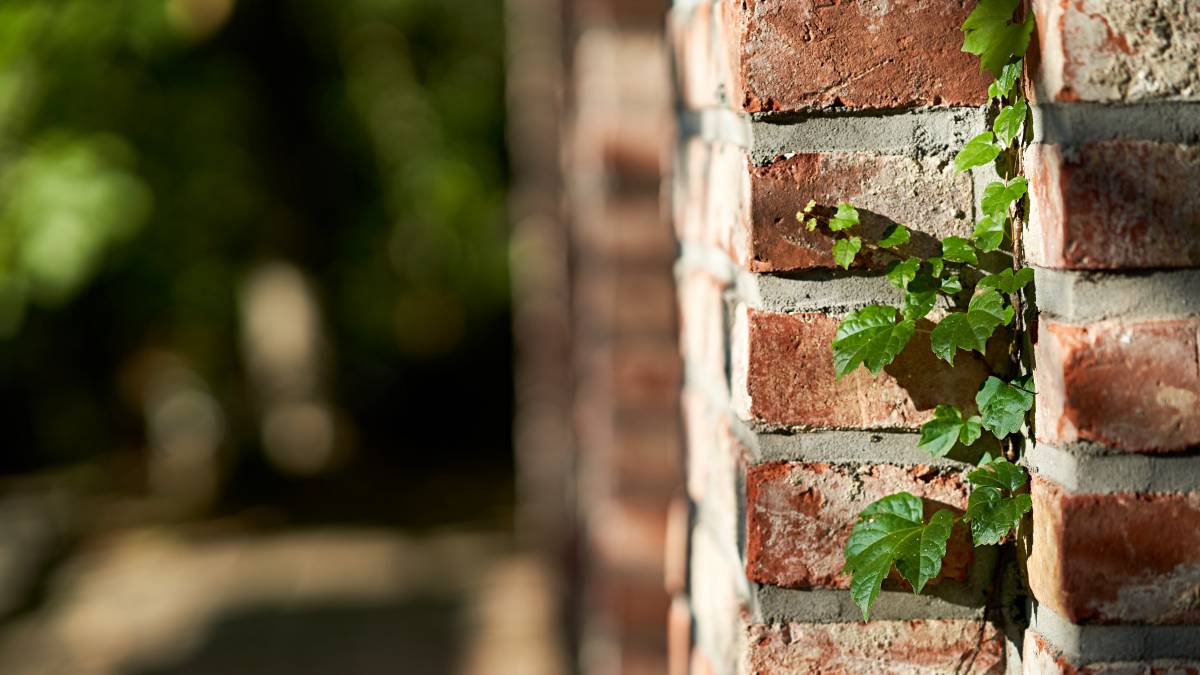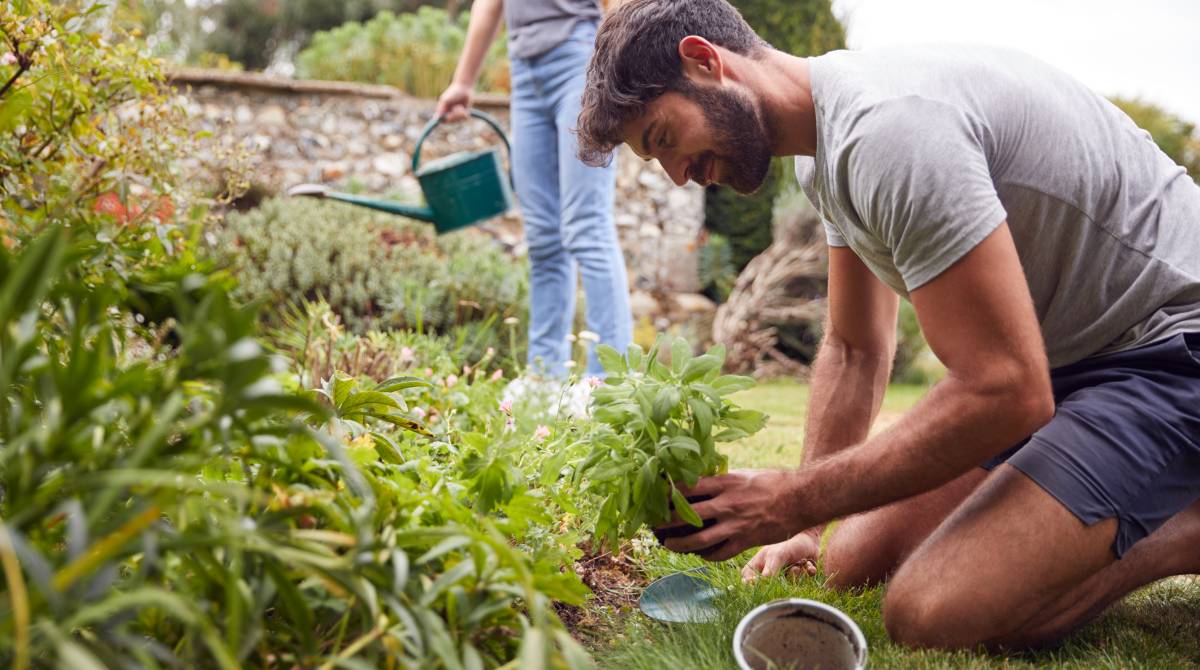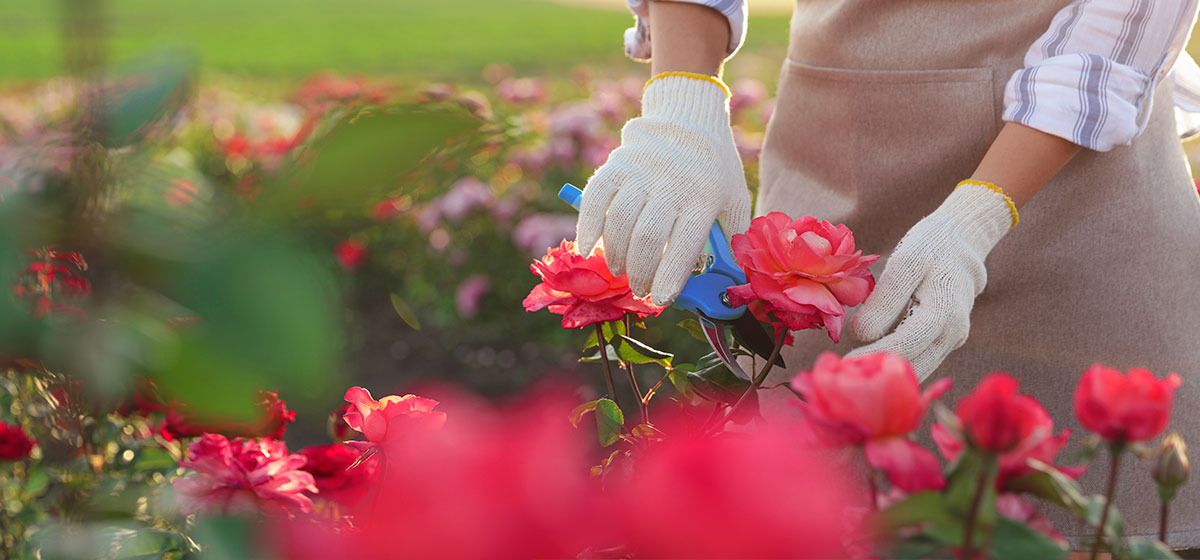
How to prune roses the right way
Find a Pruning expertLast Updated on
Nothing adds beauty to a garden like a healthy rose bush, and if you learn how to prune roses the right way, your flowers will see a long lifespan. The best time to prune roses is when things are a little colder with a touch of frost. If possible, delay your pruning until the end of winter. We do this because we do not want tender new rose shoots being burnt by the frost.
Another trap for young players is avoiding pruning just because the roses are still holding on to leaves and flowers. Time of year is more important than the state of your rose bush so remove the flowers and leaves as you prune. Read on to learn how to prune roses the right way and ensure your roses are in tip-top shape all year round.
Why do you need to know how to prune roses?
The beauty of a rose bush comes at a cost – pruning. It is very important that you spend time on this task to encourage new growth. If you do, your rose bush will repay you with an abundance of flowers in the springtime. Alternatively, unpruned rose bushes will still bloom, but it will not look nearly as nice.
The only exception to consider when it comes to winter pruning is any rose varieties that decide to flower only in the late of winter or early spring. This is most commonly the banksia rose for which you should delay pruning until it has finished flowering. This is usually in late spring or early summer, just before Christmas.
Keeping your rose bushes healthy
Pruning ensures the health of your rose bushes. By pruning in winter, you are cleaning up areas of your bush where diseases can form and infect your roses in spring. For this same reason, it is also important to clean up the areas around your roses, clearing fallen leaves and spraying a fungicide which can help reduce the severity of any disease that may form.
If you live in a particularly frosty region, wait until after the frosts have finished before you undergo pruning.

Pruning rules to keep in mind
Your roses should be pretty well dormant in the winter ready for pruning. Some, like the Iceberg variety, will keep flowering but these flowers can be cut off. As mentioned above the exception for waiting to prune is any roses that are the only flower in late winter or spring.
The worst thing that can happen by pruning a rose bush too early will be a reduction in the amount of flowering. Take, for example, banksia roses, these old-fashioned roses will not respond well to early pruning but will certainly still flower regardless.
How to prune roses
Take note of the tools you need!
- Clean and sharp secateurs
- A pruning saw
- A drop sheet to hold the prunings
- Thick glove
- Disinfectant to sterilise the pruning tools (important if pruning different bushes)
These are the steps to prune roses:
- Removing the top growth
- Cutting the old growth at the base of the bush
- Cutting the framework
- Keeping your rose bush disease-free
- Adding mulch and watering
When it comes to how far back you should cut, this will depend on the size and intensity of the bush along with where it is growing. A standard rule is to cut back to around one-third of the pre-pruned size. If you are dealing with a particularly tall and fast-growing bush, you can cut it back much harder. Follow these steps to prune roses correctly:
Step 1: Removing the top growth
Cut back everything over the rose bush by about one-third and get rid of any lingering flowers or leaves. You also need to get rid of any growth from the root system that sits below the graft as this will make any necessary follow-up pruning much easier.
Step 2: Cutting the old growth at the base of the bush
Remove any spindly growth, dead branches and old wood at the bottom of the plant. This is where you will likely need the pruning saw to cut off any thick stems. It is very important that you clear away any of the dead or old cuttings to prevent the festering of any disease. Rose bushes are prone to sickness!
Step 3: Cutting the framework
Choose three to five green, healthy branches that will form the framework for next season’s growth. Get rid of the remaining unwanted items and old framework branches. Find an outward-facing bud which will be the main area to encourage growth away from the centre of the plant.
Step 4: Keeping the rose bush disease-free
Make sure you get rid of all the pruning debris, fallen leaves and flowers then spray your roses after pruning with lime sulphur. This will stave off any diseases like the common black spot. It is vital that you do this immediately after pruning as waiting can burn the new shoots.
Step 5: Adding mulch then watering
The final step is to renew the mulch around the plant. Add a 5cm layer of organic matter. Some of the better options to consider are lucerne, sugar cane, compost or manure. After you have done this, give the plant a good watering and continue to do this as the new growth begins.
Important things to remember when pruning
If you have rose bushes, pruning is an essential task. It is the best way to encourage new growth, which for the rose bush means more flowers. Aim to do all of your pruning in July until early August and avoiding pruning during frost.
Have all of your tools ready to go before you start and keep the cutting of your roses to a minimum of one-third their pre-pruned size.
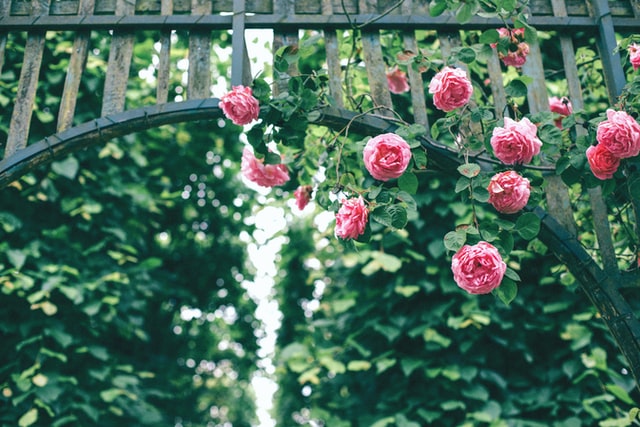
How to prune climbing roses
Climbing roses are a little different as these plants are not self-clinging. They will require support from a trellis or horizontal wire so you can tie the shoots for support.
For set up, set the lowest wire roughly 45cm off the ground with subsequent wires spaced about 30cm apart. If you are training the roses to climb up pillars, arches or pergolas, you should twist the main shoots gently around the uprights. Attempt to keep them as horizontal as possible so that flowering shoots form lower down.
For the main stems, tip-prune them to encourage side shoots, then remove any dead, damaged, diseased or spindly growth, much like you would with a standard rose bush. It is also a good idea to deadhead these plants during the flowering season to encourage further flowering the rest of the year.
Prune your way to a beautiful garden
Rose bushes can make a garden look stunningly beautiful, and if you follow the steps above to keep them healthy, you’ll enjoy a range of flowers. If, on the other hand, your thumbs are not so green, or you simply do not have the time to tend to your garden, there are plenty of taskers who can do it for you!
Time in the garden is well spent making your home a much nicer space to spend time in while building its aesthetic appeal. Get gardening today and have some fun!
Frequently asked questions
The best time to prune roses in winter. If possible, delay your pruning until the end of winter, so new rose shoots are not burnt by the frost. Time of year is more important than the state of your rose bush so prune at this time of year regardless of the bush’s current state, and you’ll be rewarded with an abundance of flowers in the springtime. One exception to consider is any rose varieties that flower only in the late winter or early spring. The banksia rose, in particular, should not be pruned until it has finished flowering in late spring or early summer.
To properly prune a rose bush, cut back everything by about one-third and get rid of any lingering flowers or leaves. Clear any growth from the root system, dead branches and old wood at the bottom of the plant. Choose three to five green, healthy branches for next season’s growth and get rid of the remaining unwanted stems and old branches.
This will depend somewhat on the size of your rose bush along with where it is growing. A standard rule is to cut back to around one-third of the pre-pruned size. If you are dealing with a particularly tall and fast-growing bush, you can cut it back much harder.
Find pruning experts, fast
Find a Pruning expert
Related guides

How to prune roses the right way
Read more

8 steps to build a DIY pond filter
Read more
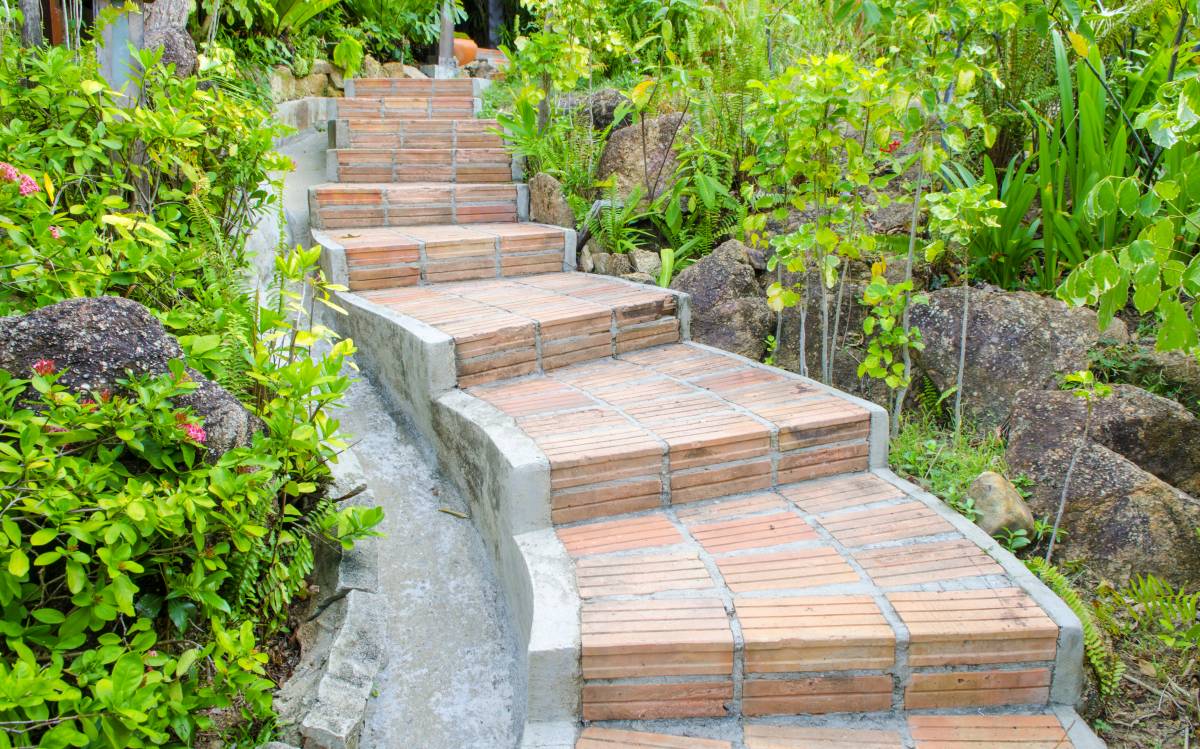
How to build garden steps
Read more
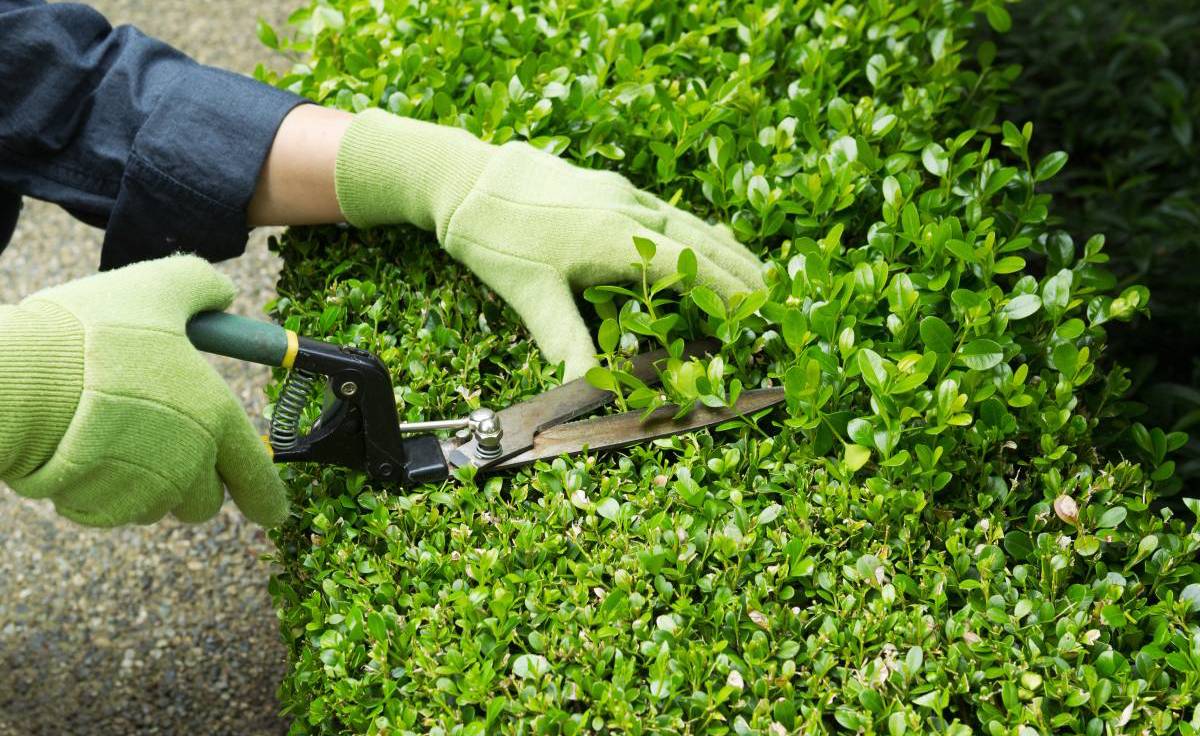
How to trim bushes the right way
Read more

13 Best Spring Gardening Tips
Read more
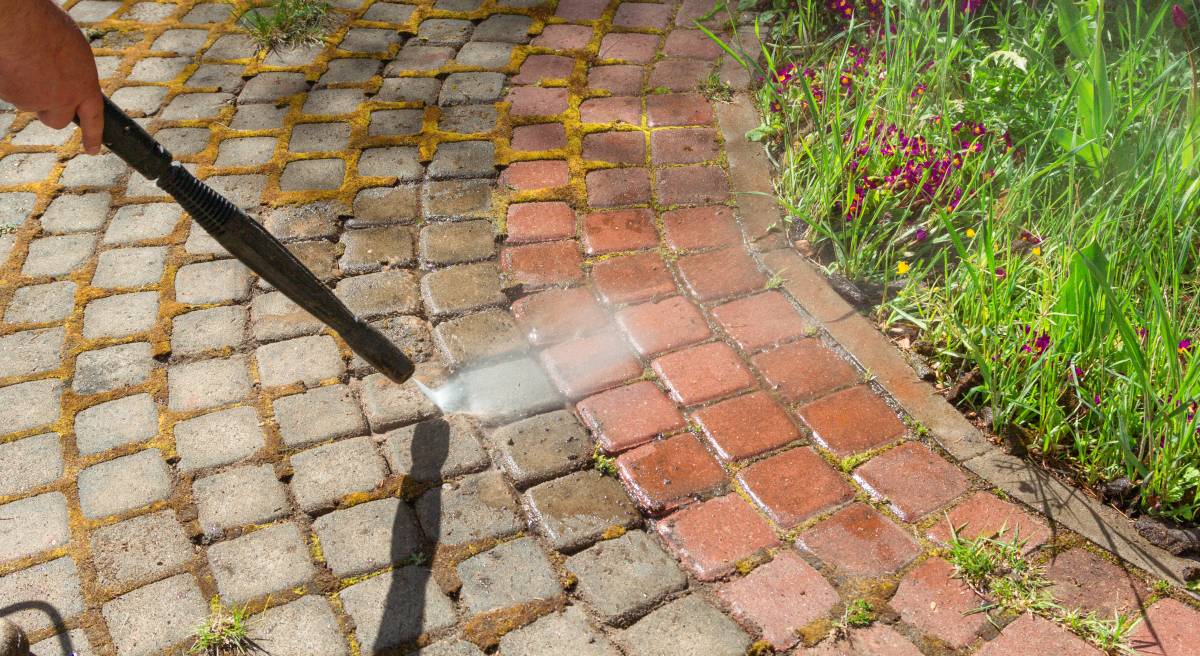
How to clean garden stones
Read more
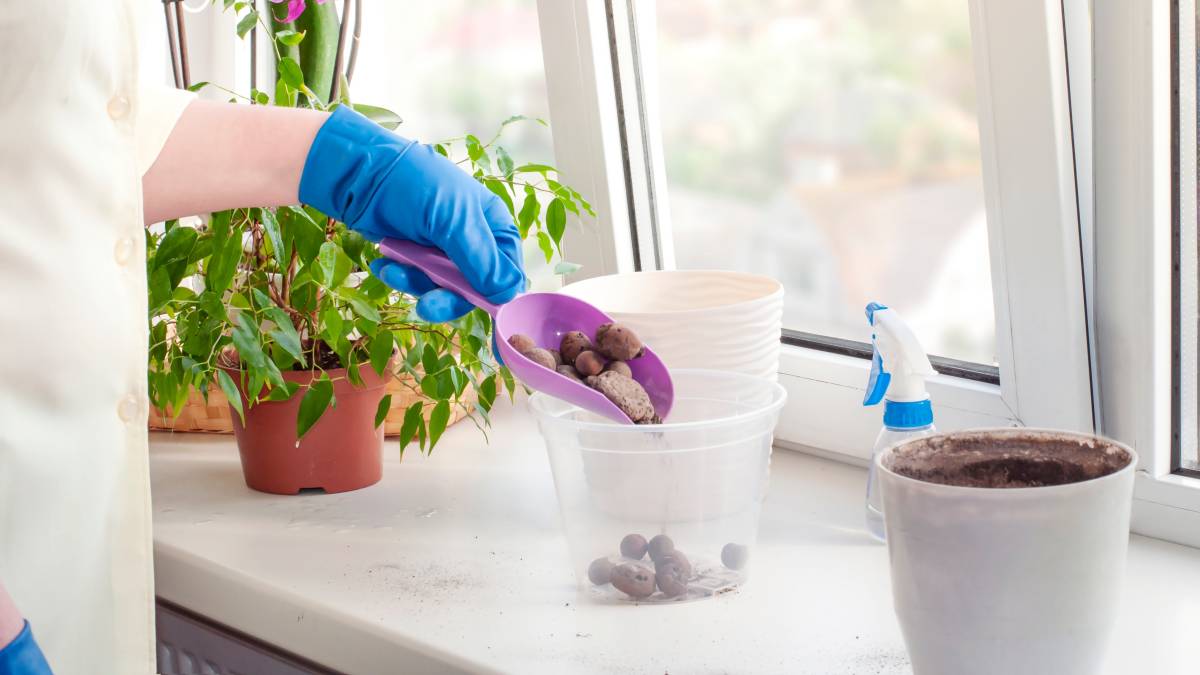
36 Quirky plant pot ideas you’ll love
Read more
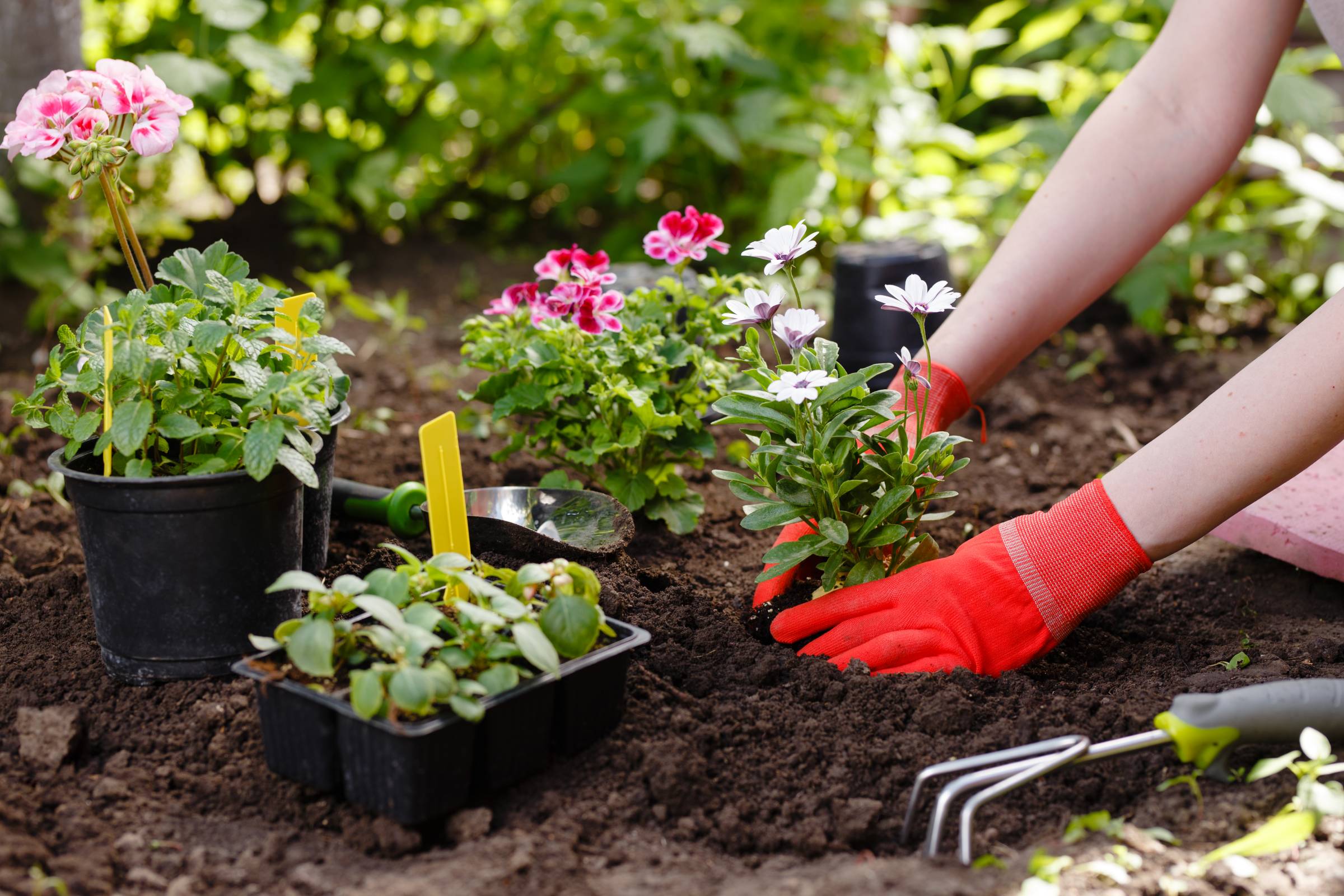
Your garden maintenance checklist
Read more
Related cost guides
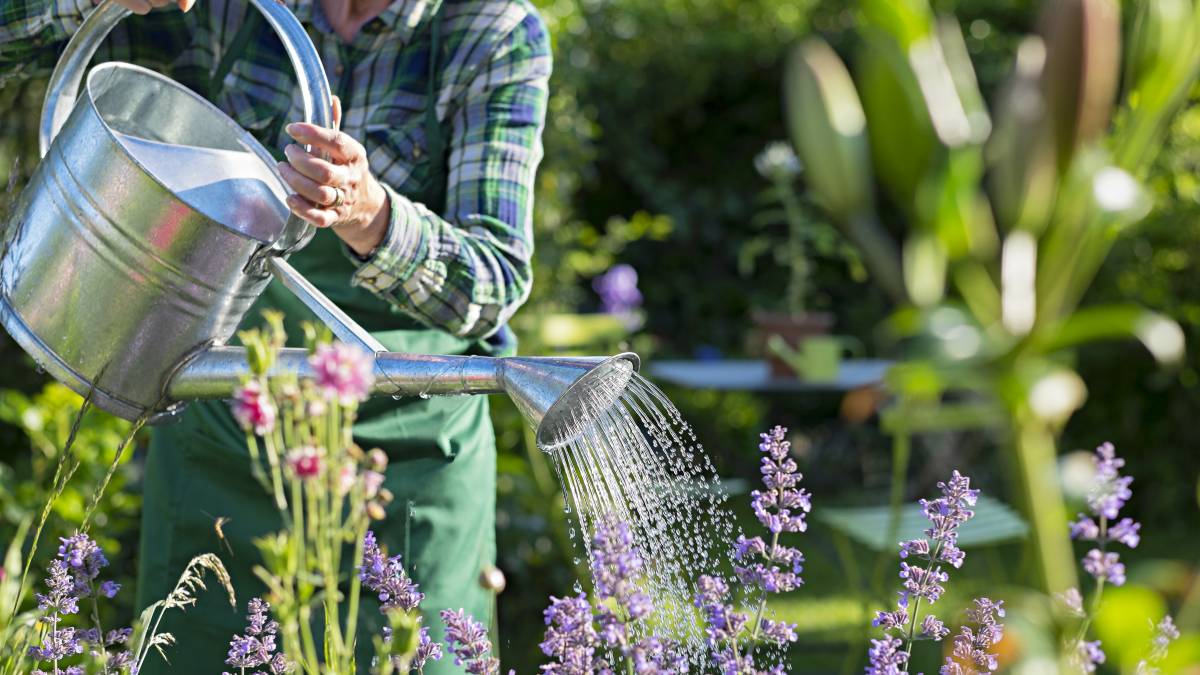
How much do gardeners charge?
Read more
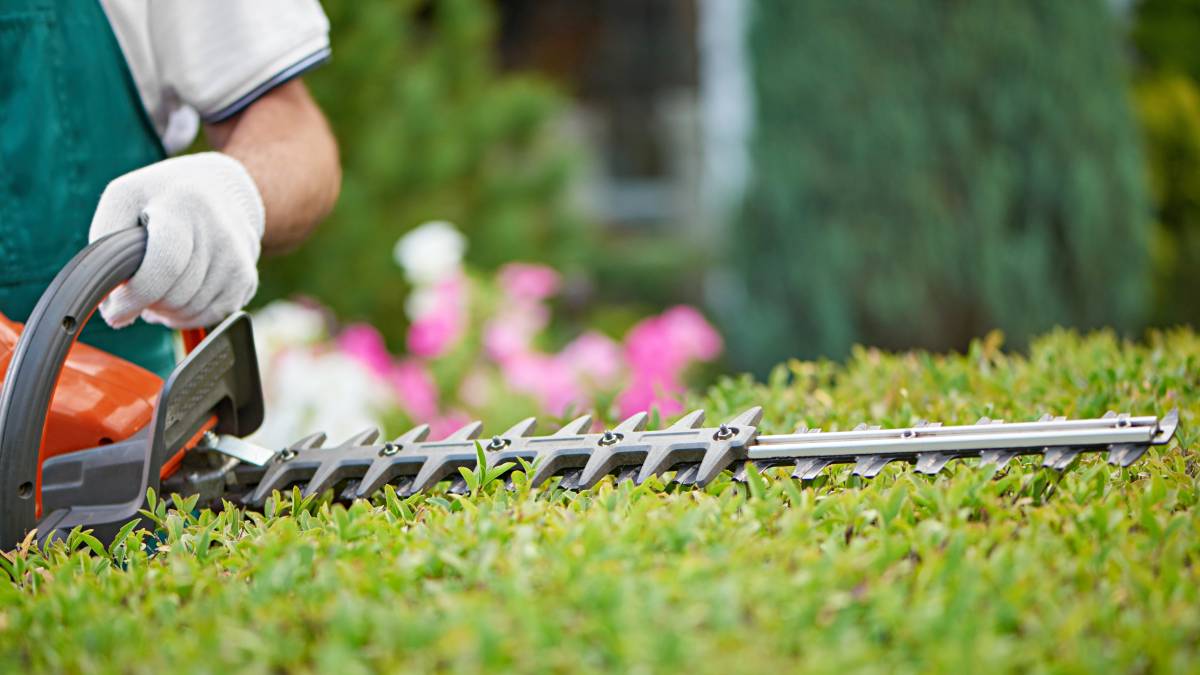
How much does hedge removal cost?
Read more

How much does a garden room cost?
Read more
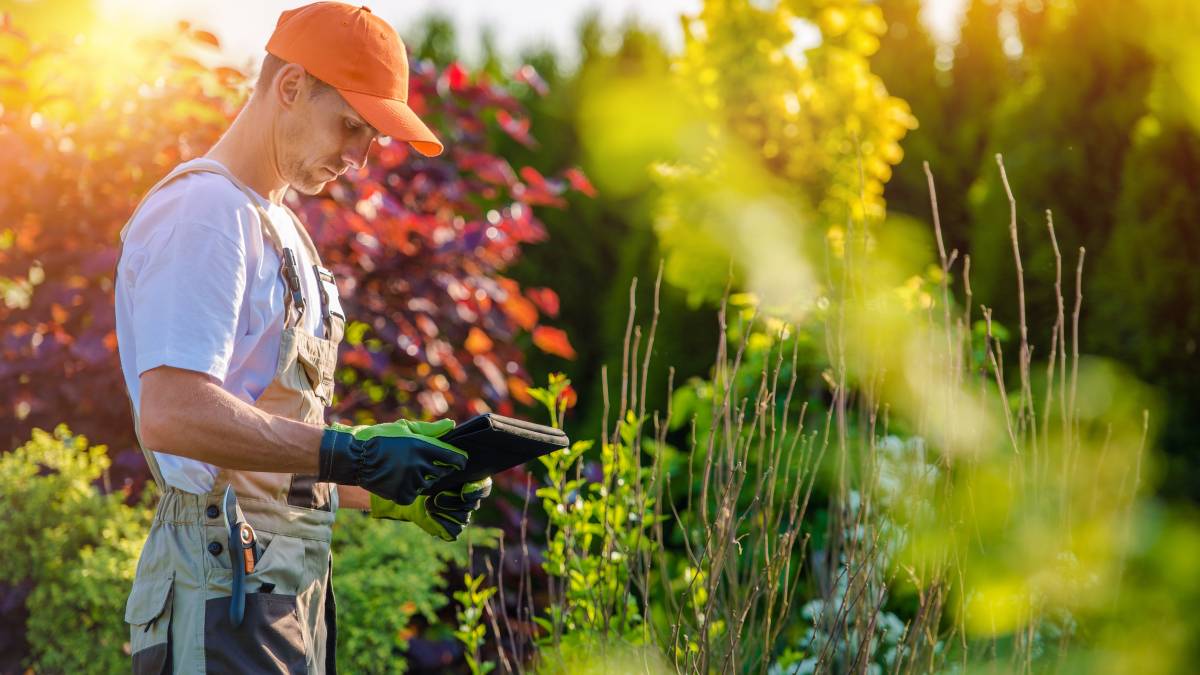
How much does garden clearance cost?
Read more
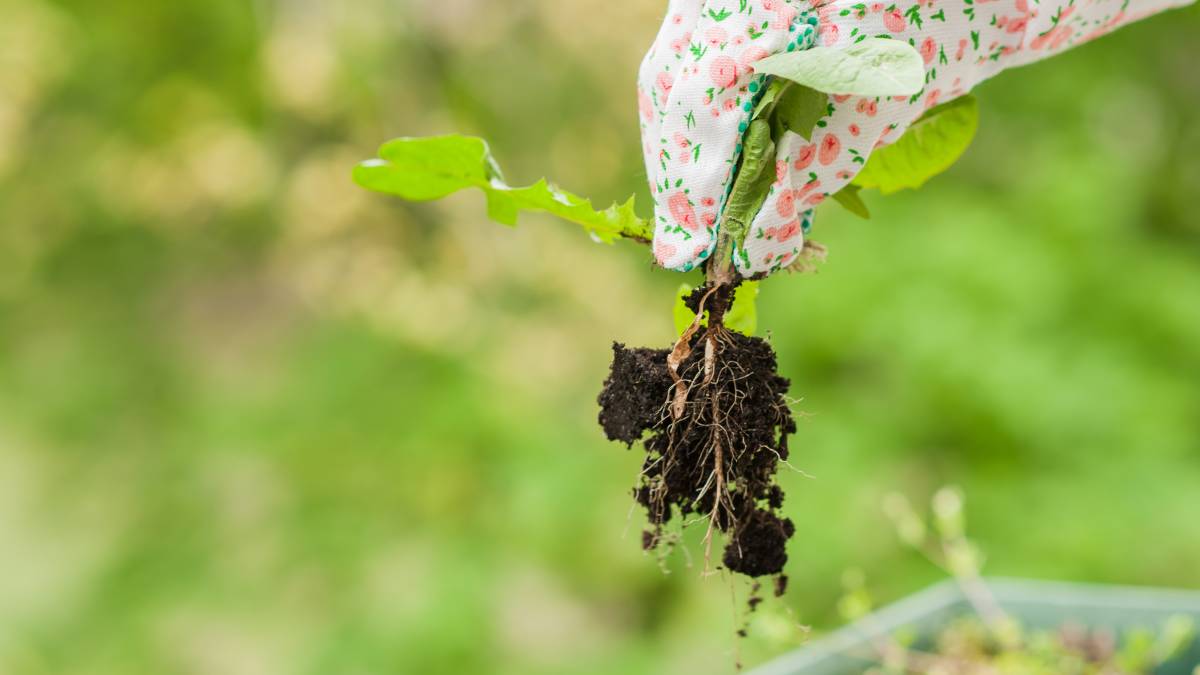
How much does weeding cost?
Read more
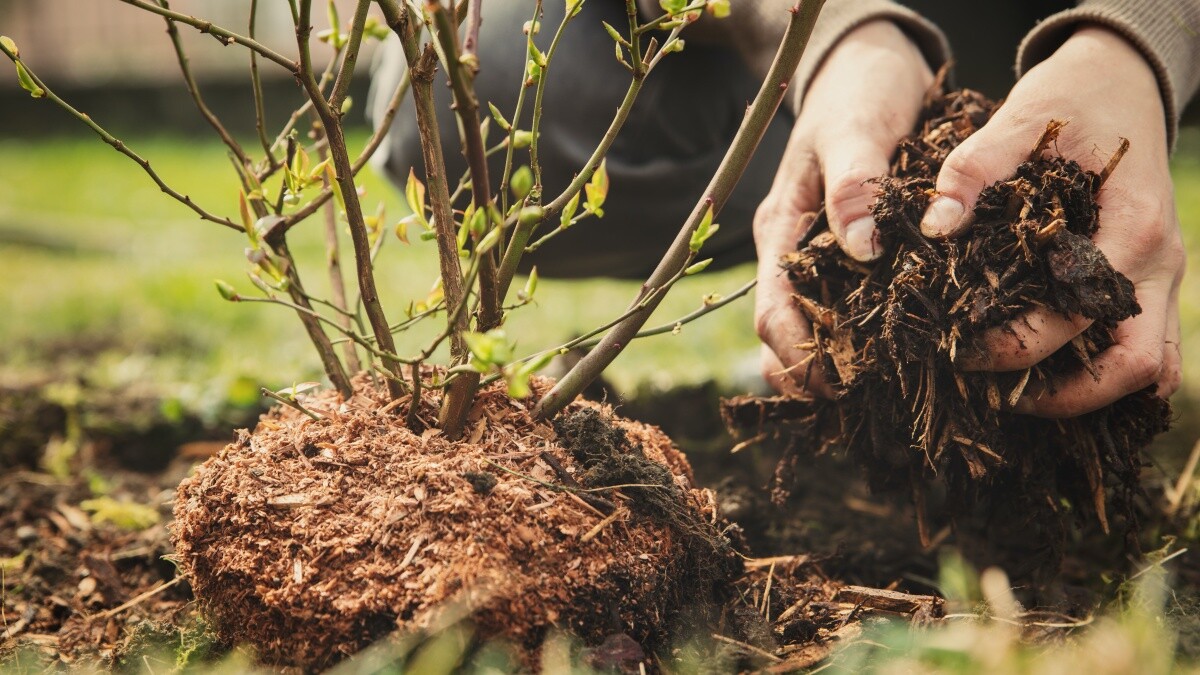
How much does mulch cost?
Read more
